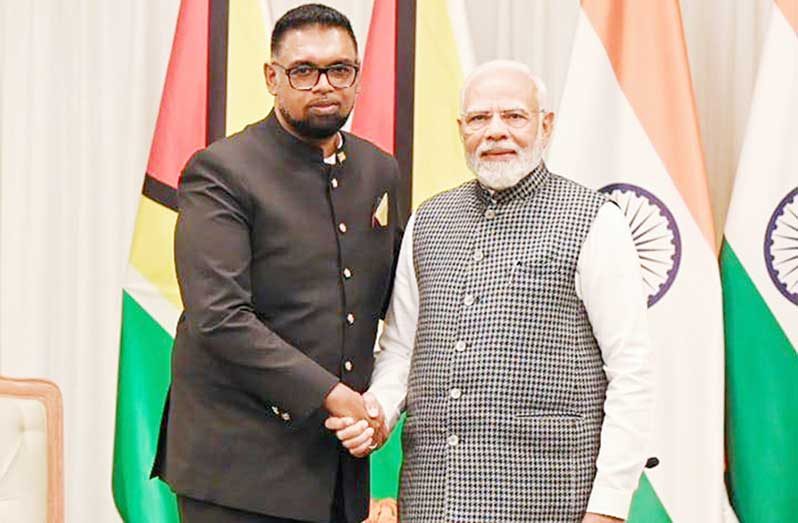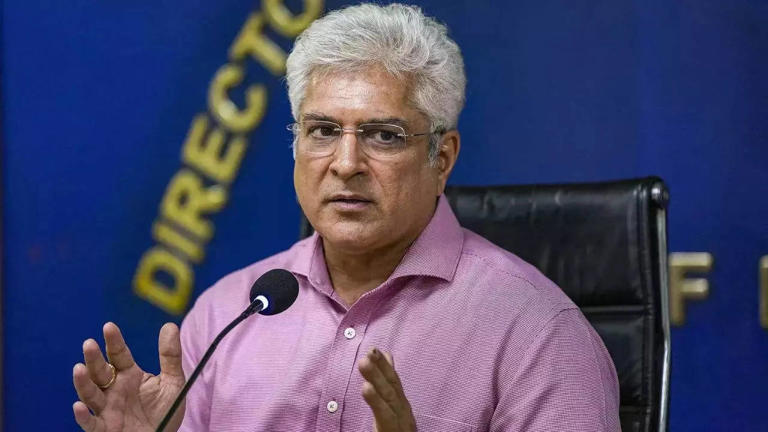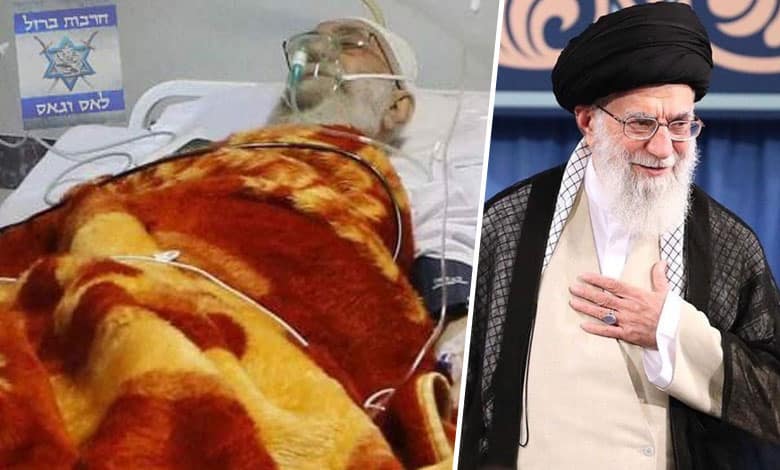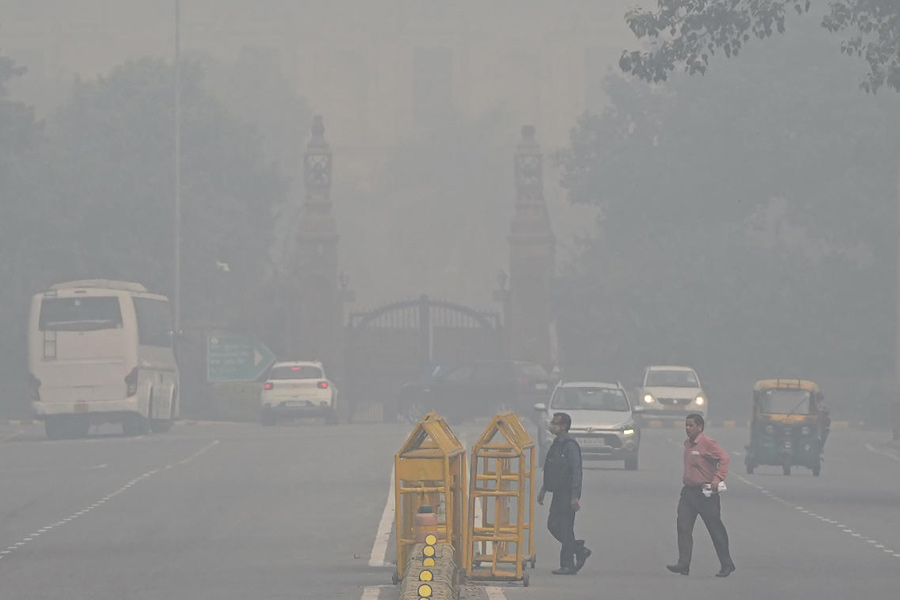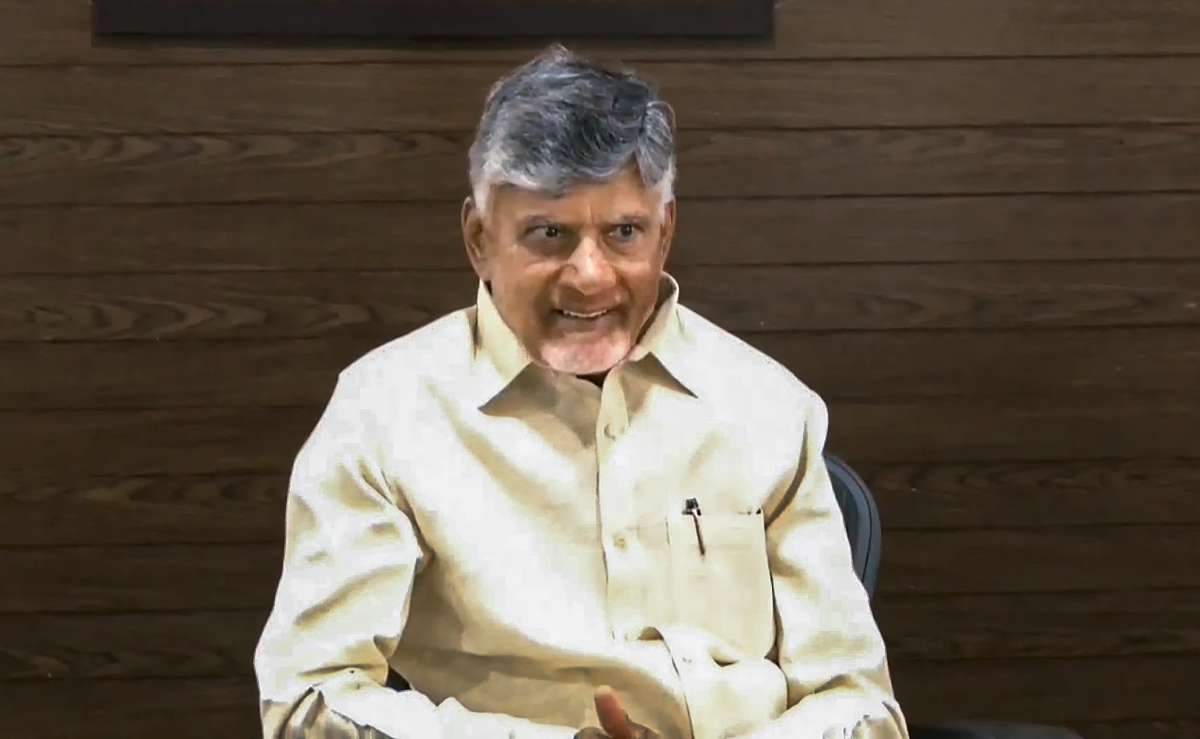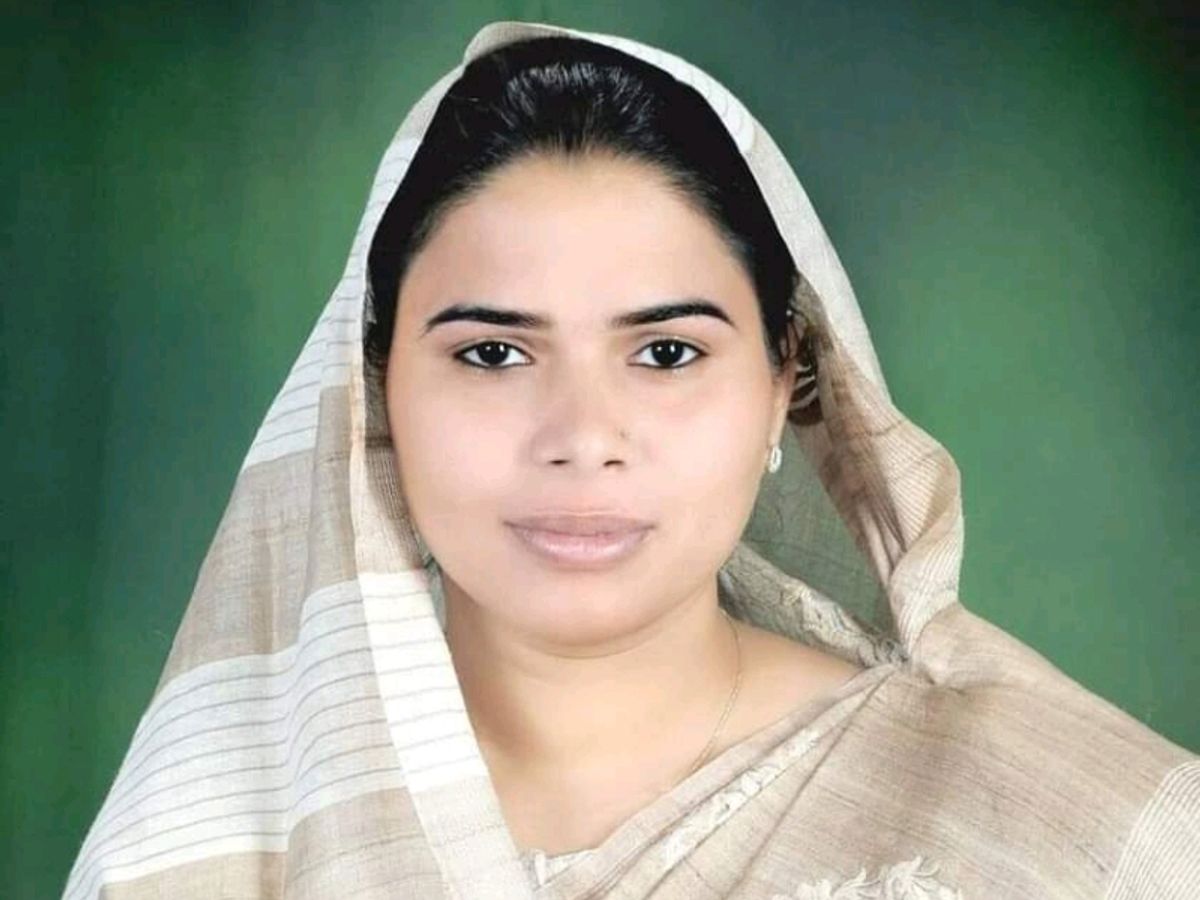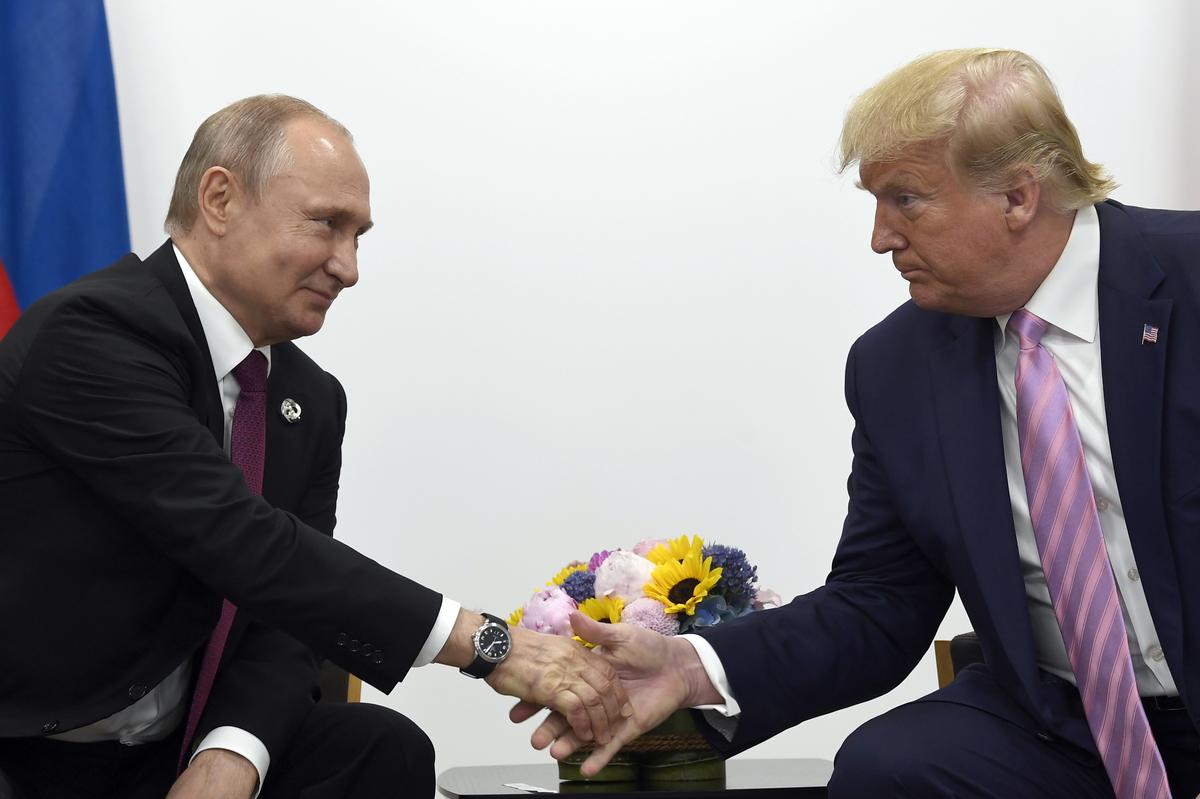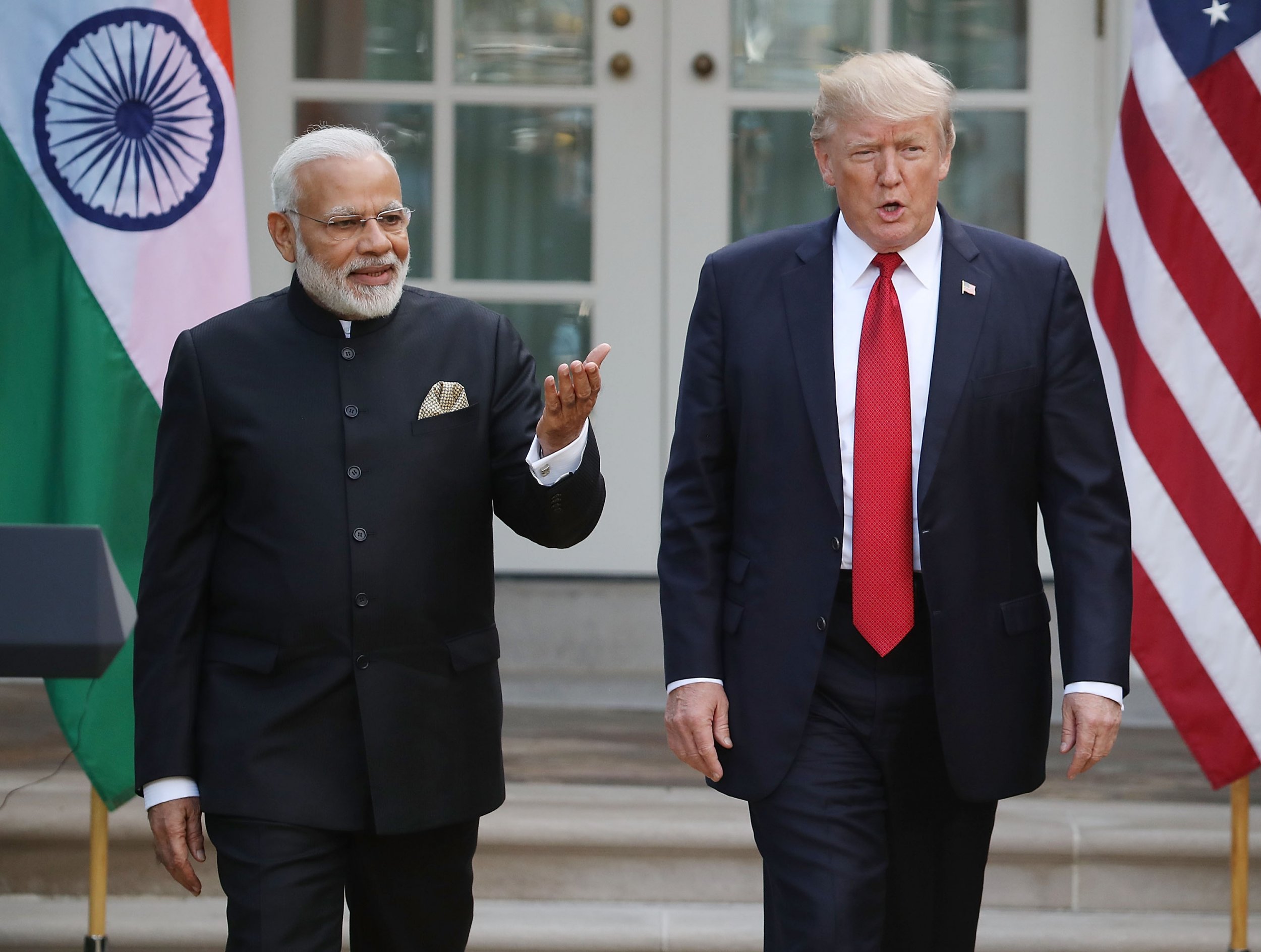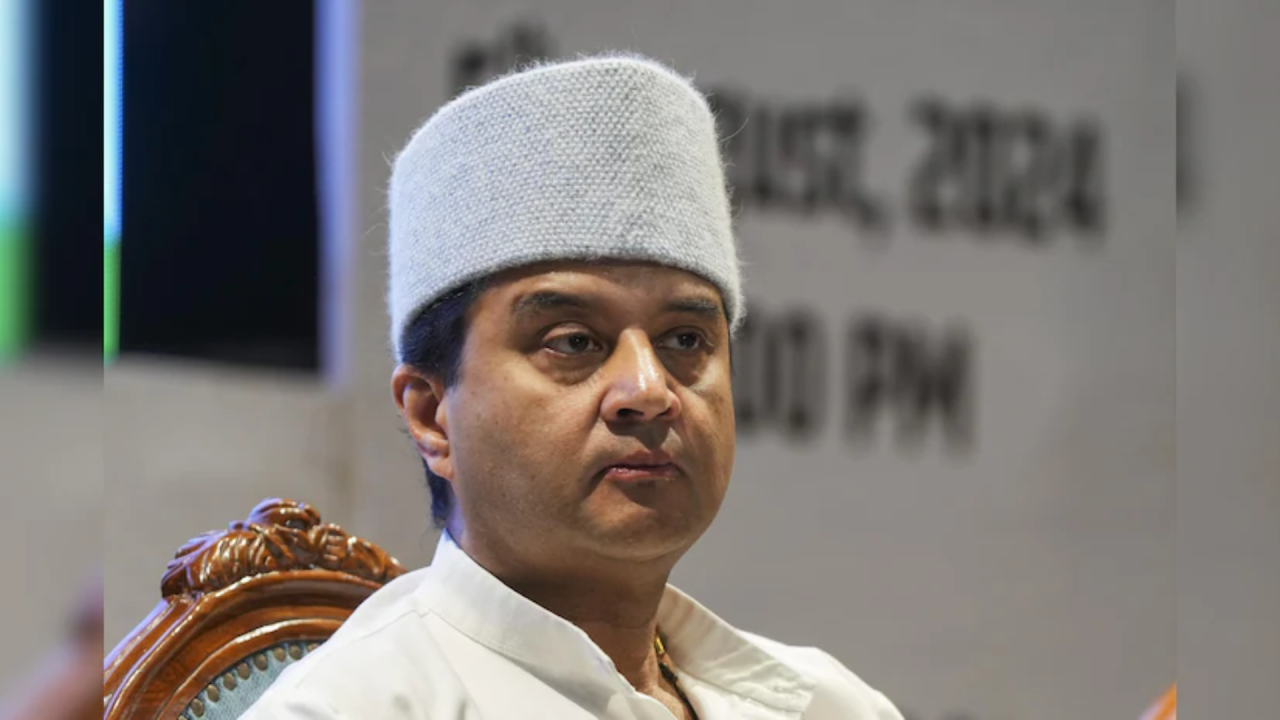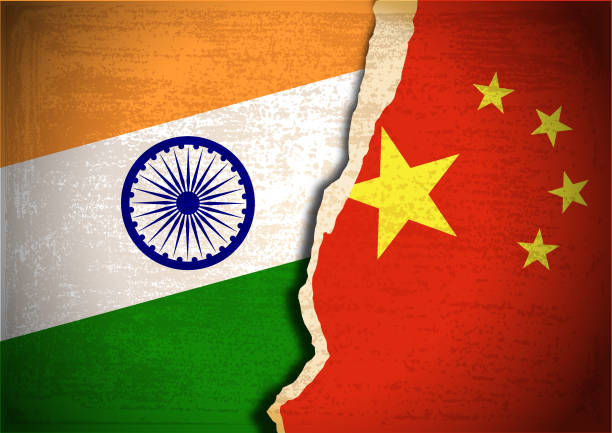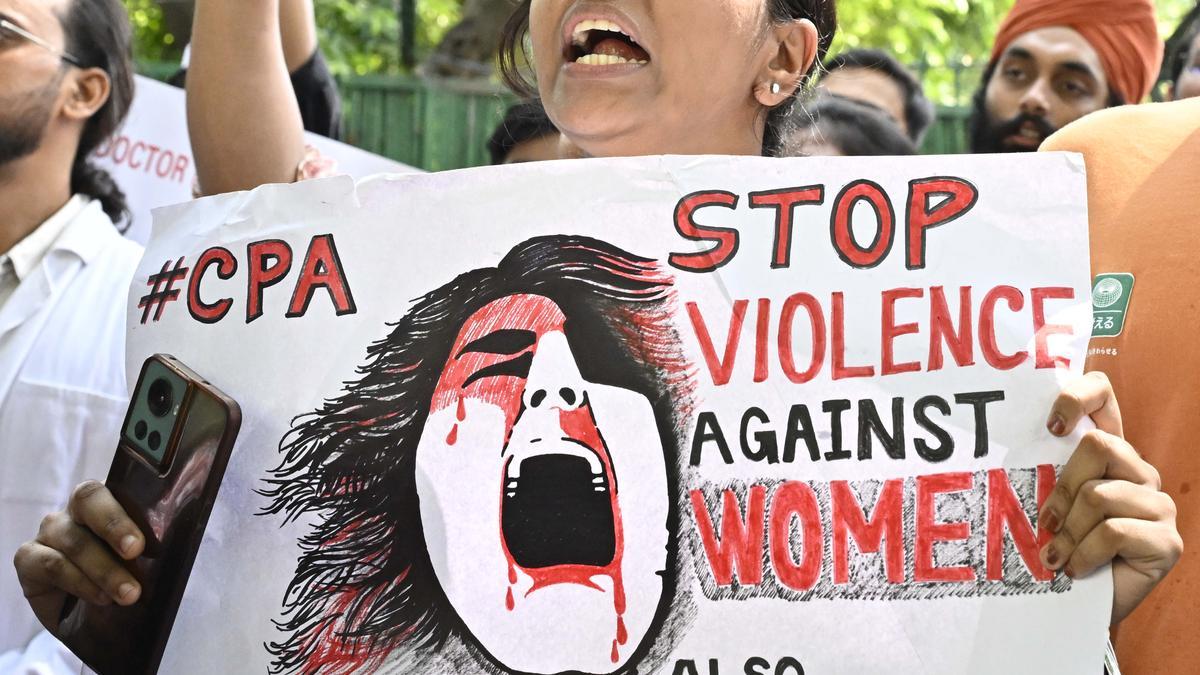Home / covid / India Closely Monitoring Human Metapneumovirus (HMPV) Outbreak in China, No Cases Reported Yet, Health Ministry Confirms
India Closely Monitoring Human Metapneumovirus (HMPV) Outbreak in China, No Cases Reported Yet, Health Ministry Confirms
By: My India Times
4 minutes read 53Updated At: 2025-01-04
-outbreak in-china.jpg)
On Friday, the Union Health Ministry of India stated that it is keeping a close watch on the alleged outbreak of Human Metapneumovirus (HMPV) in China. While China has reported a significant rise in cases of this respiratory virus, particularly among children, the Ministry reassured the public that there has been no unusual increase in respiratory diseases in India as of now.
Human Metapneumovirus (HMPV), a virus that can lead to respiratory infections, has been in the spotlight recently as China experiences a surge in cases, especially in children under 14 years of age. The symptoms of HMPV include cough, fever, and shortness of breath, and in some cases, the infection can progress to bronchitis and pneumonia, conditions that are serious but manageable with proper care. The northern provinces of China have reported the highest number of cases, leading to growing concerns in the country about the possible widespread impact of the virus.
However, the Union Health Ministry of India has emphasized that there has been no significant rise in winter respiratory diseases, including HMPV, within India. Dr. Atul Goel, the Director-General of Health Services, assured the public that, while the government is carefully monitoring the developments in China, there is no immediate cause for concern in India. According to Dr. Goel, "HMPV is similar to other respiratory viruses that cause flu-like symptoms, mostly affecting children and the elderly. The disease does not pose any specific danger, and there is no need to panic."
Despite China's ongoing battle with HMPV, India has not yet reported any cases of the virus, and health authorities continue to monitor the situation. The National Centre for Disease Control (NCDC), part of the Union Ministry of Health, is actively keeping track of seasonal influenza cases in India and collaborating with international health bodies to stay updated on any developments regarding HMPV. The Indian government is committed to preventing the spread of the virus and ensuring public health safety.
According to official statements, hospitals in India are well-equipped to handle respiratory infections, including those caused by HMPV. There is no specific antiviral medication available for the virus, but the illness typically resolves with supportive care, which is commonly provided for other similar respiratory infections. Dr. Goel emphasized that hospitals are fully prepared to treat patients experiencing flu-like symptoms, and there have been no major cases reported in India, either in hospitals or based on data from the Indian Council of Medical Research (ICMR).
Human Metapneumovirus, first identified in 2001, belongs to the Pneumoviridae family, which also includes the respiratory syncytial virus (RSV). HMPV can affect people of all ages but is most commonly seen in young children, older adults, and individuals with weakened immune systems. It can cause upper and lower respiratory diseases, such as the common cold, bronchitis, and pneumonia. In some cases, the virus can lead to more severe respiratory distress, requiring hospitalization.
The virus is primarily transmitted through respiratory droplets when an infected person coughs or sneezes. Close personal contact, such as shaking hands or touching contaminated surfaces, can also contribute to the spread of the virus. The incubation period for HMPV typically ranges from three to six days, and symptoms can vary in severity. The clinical symptoms of HMPV are similar to other respiratory infections caused by viruses, including cough, fever, nasal congestion, and shortness of breath.
As the virus spreads through respiratory secretions and close personal contact, the Centers for Disease Control and Prevention (CDC) in the United States advises individuals to take basic precautions to prevent the transmission of HMPV. These include washing hands frequently, avoiding close contact with individuals who are sick, and covering the mouth and nose when coughing or sneezing. By adhering to these hygiene practices, the public can help limit the spread of HMPV and other respiratory infections.
Although HMPV has been identified as an important cause of upper and lower respiratory illness, the increased use of molecular diagnostic testing has helped healthcare professionals better identify the virus. This has led to greater awareness about its potential impact on public health. However, experts agree that the virus is usually mild and self-limiting, especially in healthy individuals.
India’s health authorities continue to reassure the public, stressing that respiratory illnesses are common during the winter months and that HMPV is not considered an exceptionally dangerous virus. Given the experience and preparedness of India’s healthcare system, experts believe that the country is well-equipped to handle any future cases should they arise.
In conclusion, while the rise of Human Metapneumovirus cases in China has prompted global attention, India has not reported any cases of the virus. The Union Health Ministry, along with other health agencies, continues to monitor the situation closely and assures the public that the risk of a significant outbreak in India remains low. For now, there is no immediate cause for alarm, and the government is taking all necessary steps to ensure the safety and well-being of the citizens.
....
On Friday, the Union Health Ministry of India stated that it is keeping a close watch on the alleged outbreak of Human Metapneumovirus (HMPV) in China. While China has reported a significant rise in cases of this respiratory virus, particularly among children, the Ministry reassured the public that there has been no unusual increase in respiratory diseases in India as of now.
Human Metapneumovirus (HMPV), a virus that can lead to respiratory infections, has been in the spotlight recently as China experiences a surge in cases, especially in children under 14 years of age. The symptoms of HMPV include cough, fever, and shortness of breath, and in some cases, the infection can progress to bronchitis and pneumonia, conditions that are serious but manageable with proper care. The northern provinces of China have reported the highest number of cases, leading to growing concerns in the country about the possible widespread impact of the virus.
However, the Union Health Ministry of India has emphasized that there has been no significant rise in winter respiratory diseases, including HMPV, within India. Dr. Atul Goel, the Director-General of Health Services, assured the public that, while the government is carefully monitoring the developments in China, there is no immediate cause for concern in India. According to Dr. Goel, "HMPV is similar to other respiratory viruses that cause flu-like symptoms, mostly affecting children and the elderly. The disease does not pose any specific danger, and there is no need to panic."
Despite China's ongoing battle with HMPV, India has not yet reported any cases of the virus, and health authorities continue to monitor the situation. The National Centre for Disease Control (NCDC), part of the Union Ministry of Health, is actively keeping track of seasonal influenza cases in India and collaborating with international health bodies to stay updated on any developments regarding HMPV. The Indian government is committed to preventing the spread of the virus and ensuring public health safety.
According to official statements, hospitals in India are well-equipped to handle respiratory infections, including those caused by HMPV. There is no specific antiviral medication available for the virus, but the illness typically resolves with supportive care, which is commonly provided for other similar respiratory infections. Dr. Goel emphasized that hospitals are fully prepared to treat patients experiencing flu-like symptoms, and there have been no major cases reported in India, either in hospitals or based on data from the Indian Council of Medical Research (ICMR).
Human Metapneumovirus, first identified in 2001, belongs to the Pneumoviridae family, which also includes the respiratory syncytial virus (RSV). HMPV can affect people of all ages but is most commonly seen in young children, older adults, and individuals with weakened immune systems. It can cause upper and lower respiratory diseases, such as the common cold, bronchitis, and pneumonia. In some cases, the virus can lead to more severe respiratory distress, requiring hospitalization.
The virus is primarily transmitted through respiratory droplets when an infected person coughs or sneezes. Close personal contact, such as shaking hands or touching contaminated surfaces, can also contribute to the spread of the virus. The incubation period for HMPV typically ranges from three to six days, and symptoms can vary in severity. The clinical symptoms of HMPV are similar to other respiratory infections caused by viruses, including cough, fever, nasal congestion, and shortness of breath.
As the virus spreads through respiratory secretions and close personal contact, the Centers for Disease Control and Prevention (CDC) in the United States advises individuals to take basic precautions to prevent the transmission of HMPV. These include washing hands frequently, avoiding close contact with individuals who are sick, and covering the mouth and nose when coughing or sneezing. By adhering to these hygiene practices, the public can help limit the spread of HMPV and other respiratory infections.
Although HMPV has been identified as an important cause of upper and lower respiratory illness, the increased use of molecular diagnostic testing has helped healthcare professionals better identify the virus. This has led to greater awareness about its potential impact on public health. However, experts agree that the virus is usually mild and self-limiting, especially in healthy individuals.
India’s health authorities continue to reassure the public, stressing that respiratory illnesses are common during the winter months and that HMPV is not considered an exceptionally dangerous virus. Given the experience and preparedness of India’s healthcare system, experts believe that the country is well-equipped to handle any future cases should they arise.
In conclusion, while the rise of Human Metapneumovirus cases in China has prompted global attention, India has not reported any cases of the virus. The Union Health Ministry, along with other health agencies, continues to monitor the situation closely and assures the public that the risk of a significant outbreak in India remains low. For now, there is no immediate cause for alarm, and the government is taking all necessary steps to ensure the safety and well-being of the citizens.
By: My India Times
Updated At: 2025-01-04
Tags: covid News | My India Times News | Trending News | Travel News
Join our WhatsApp Channel



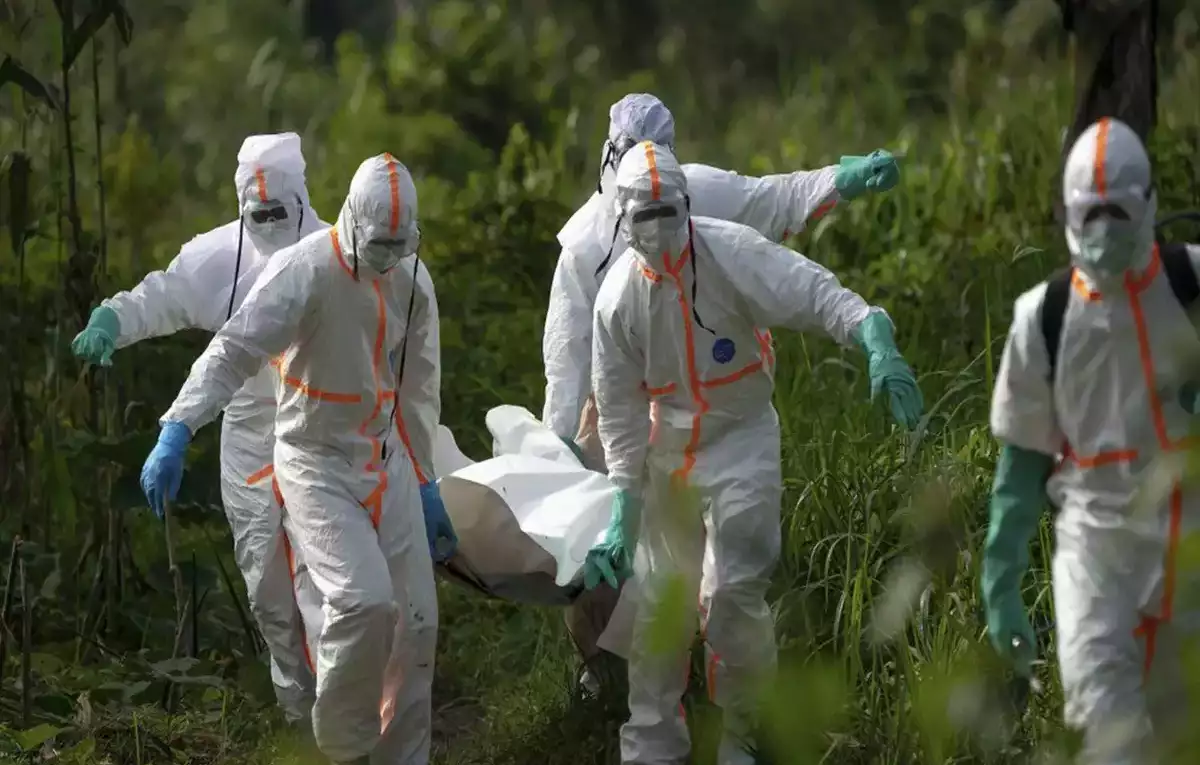






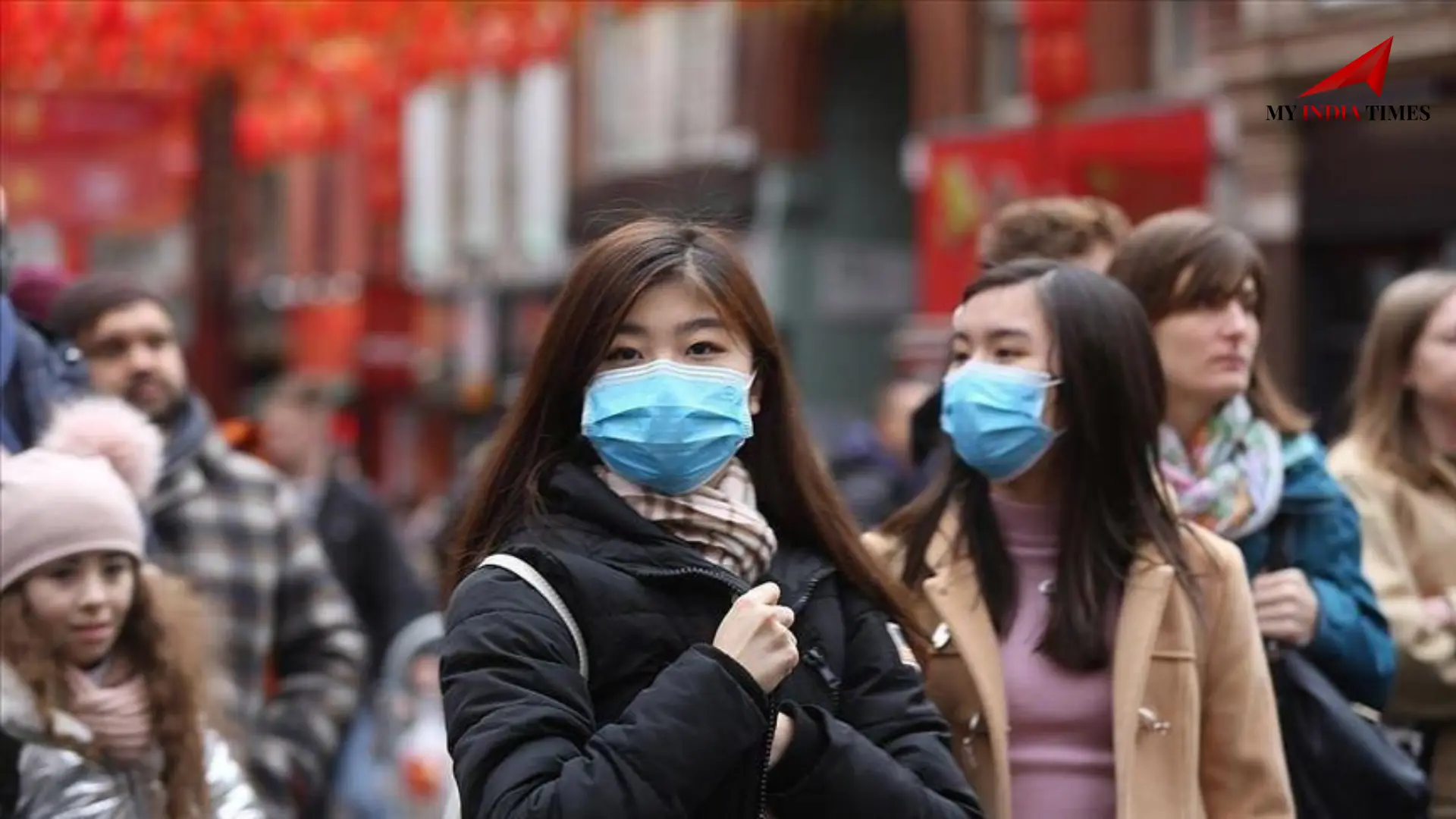







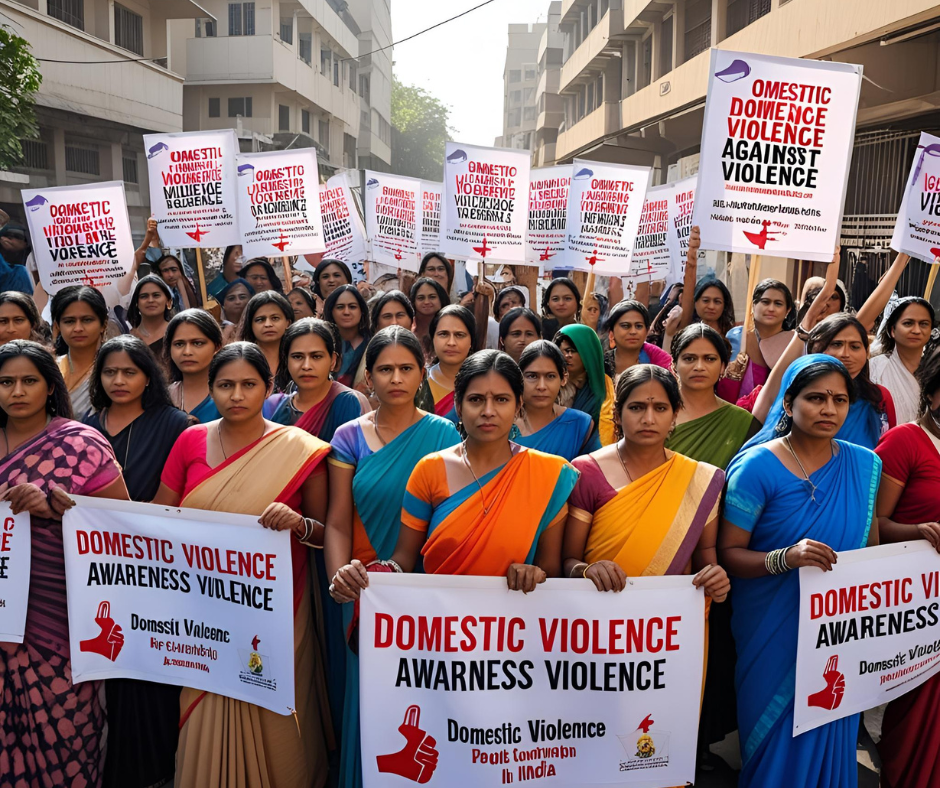
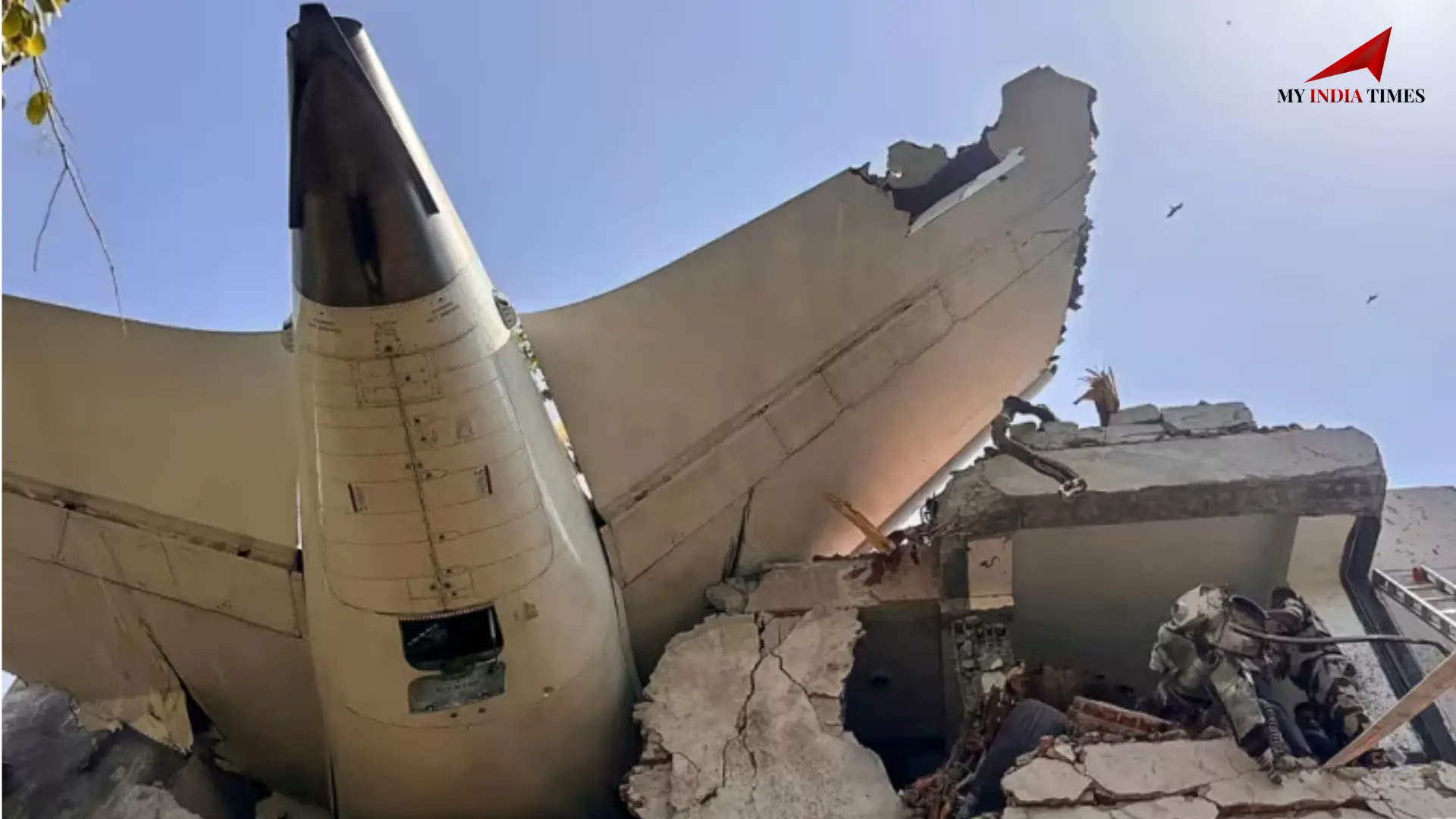



















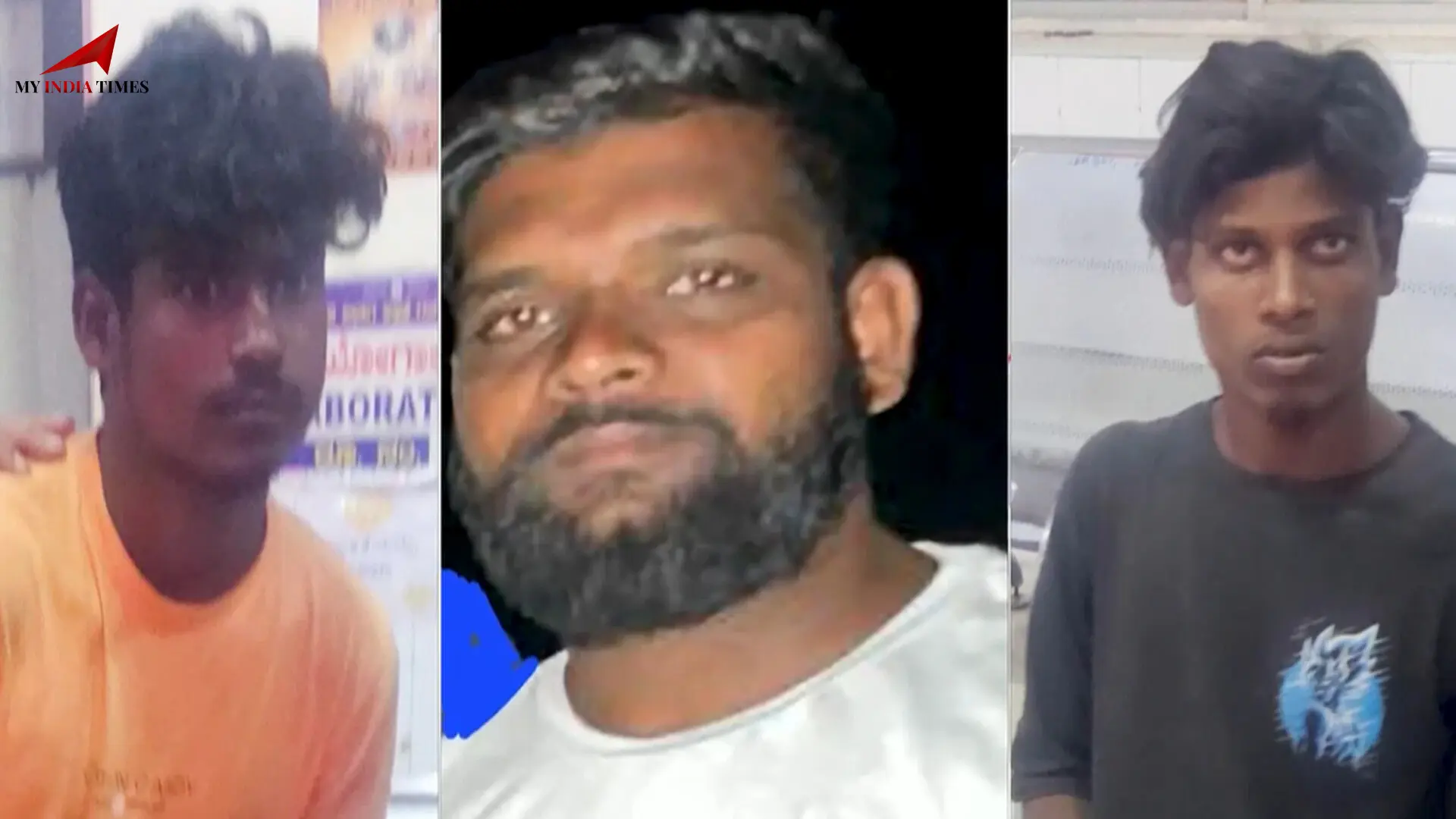
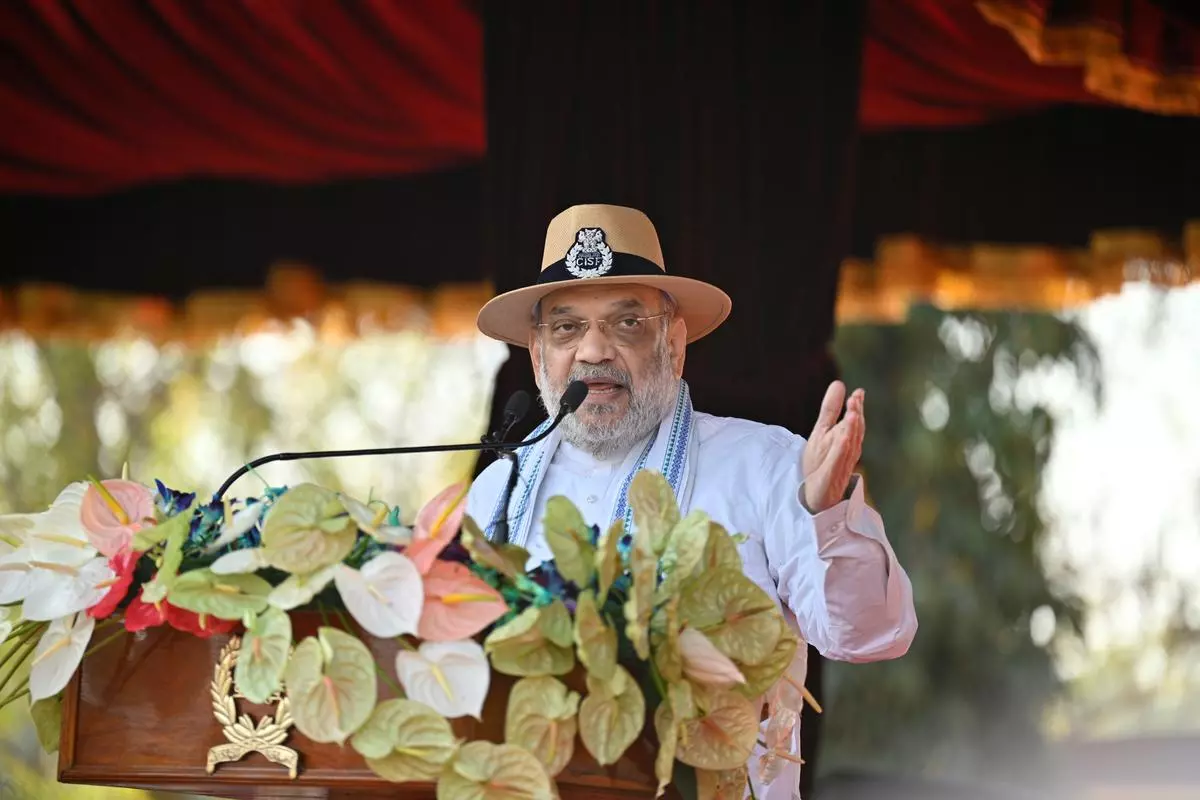

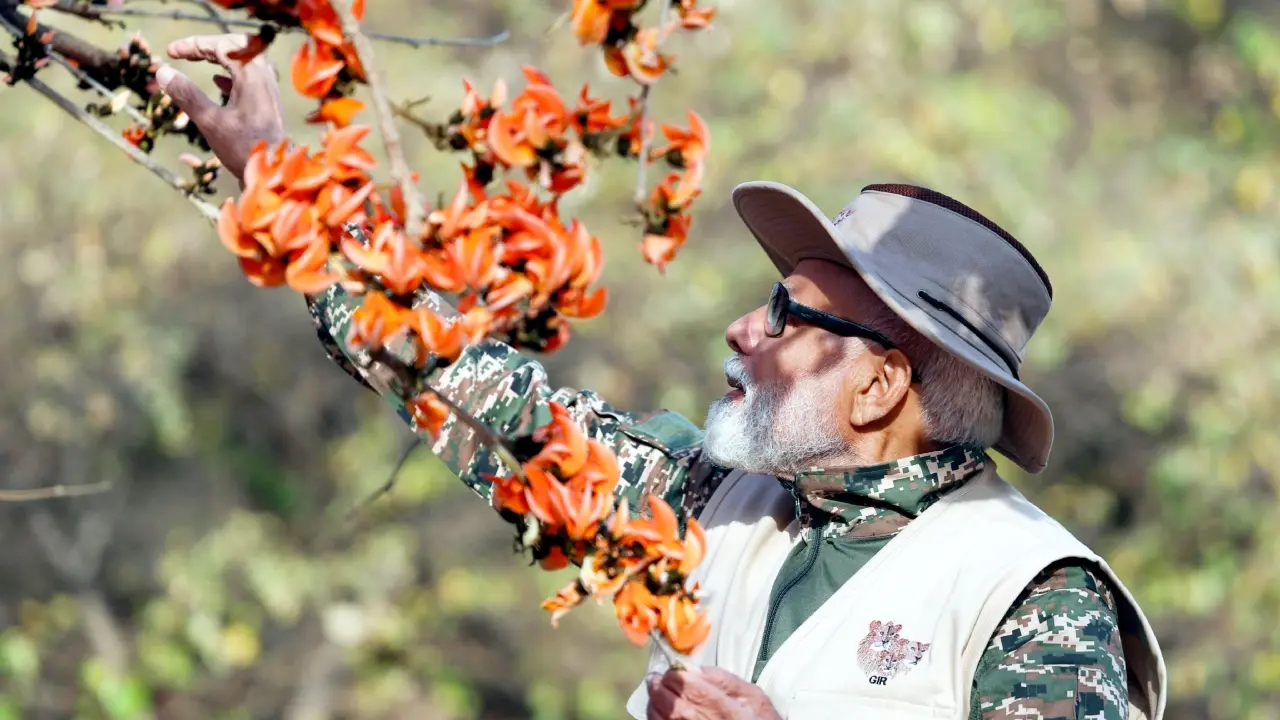

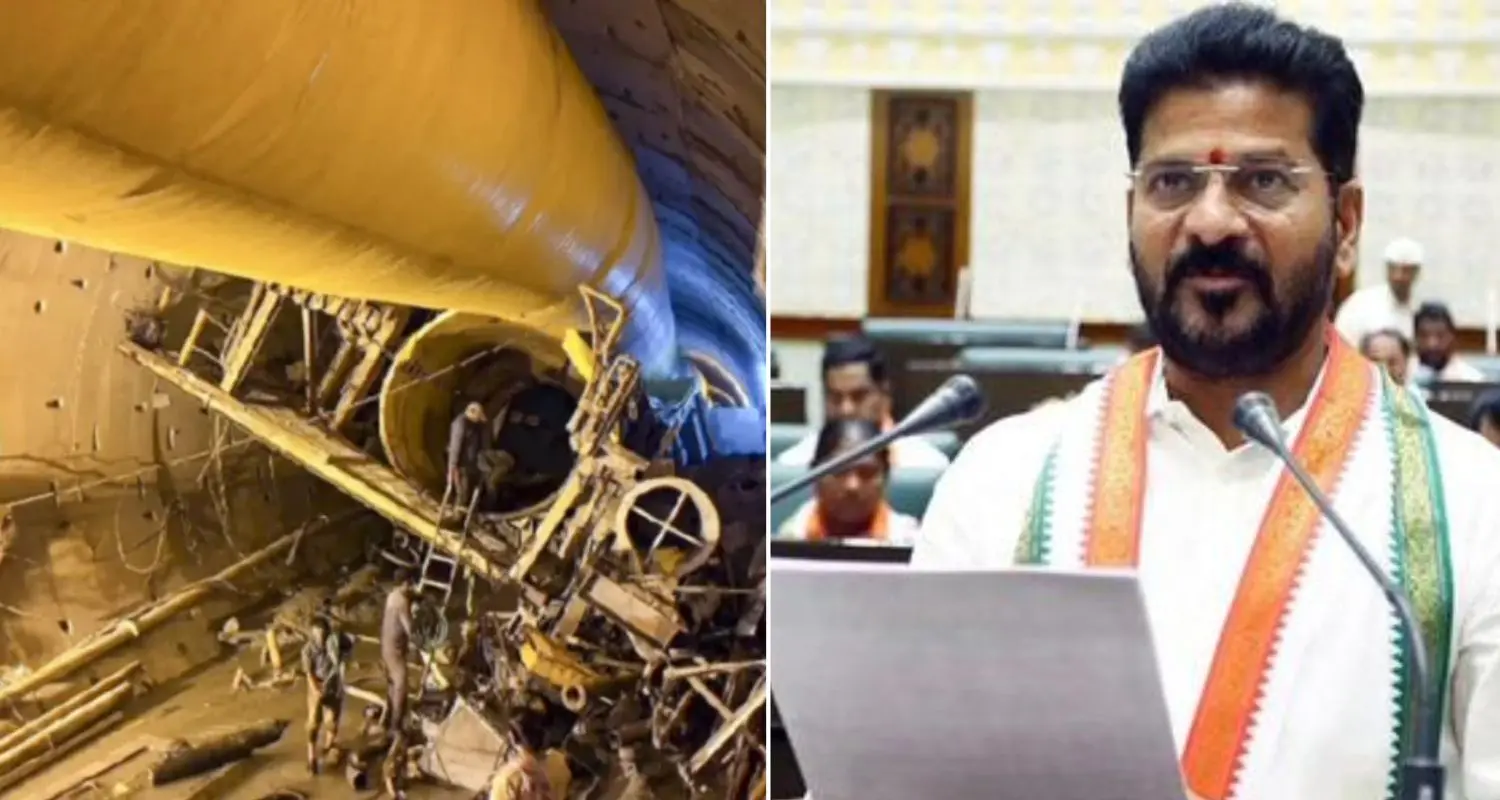

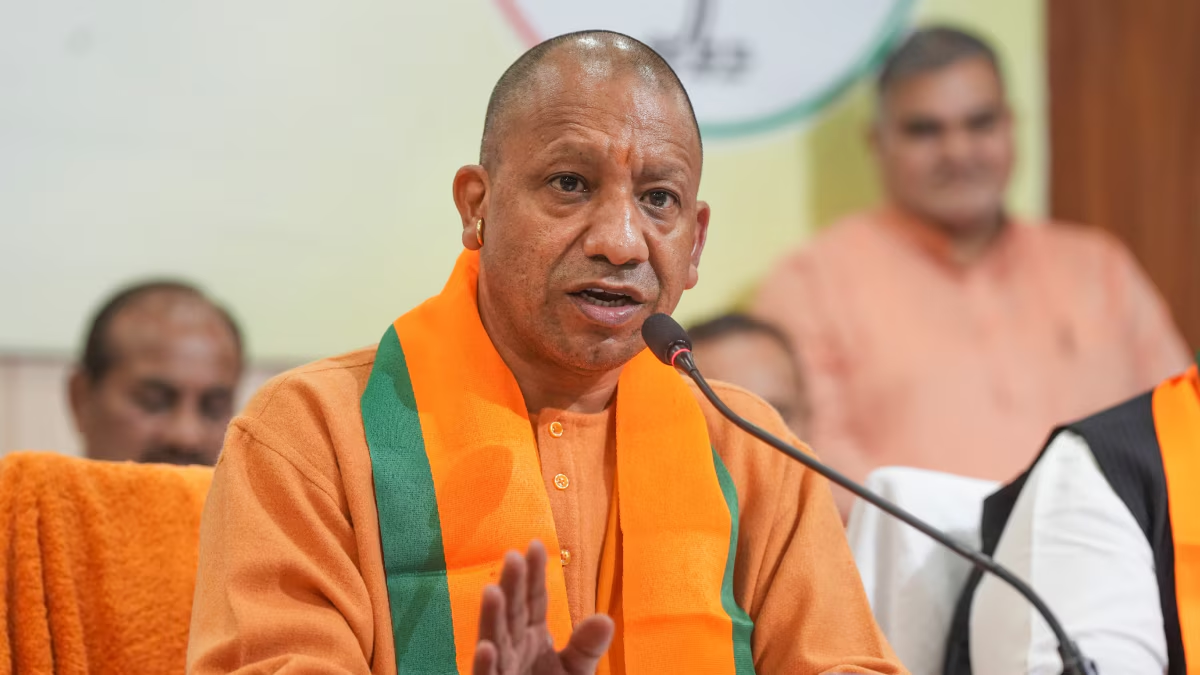
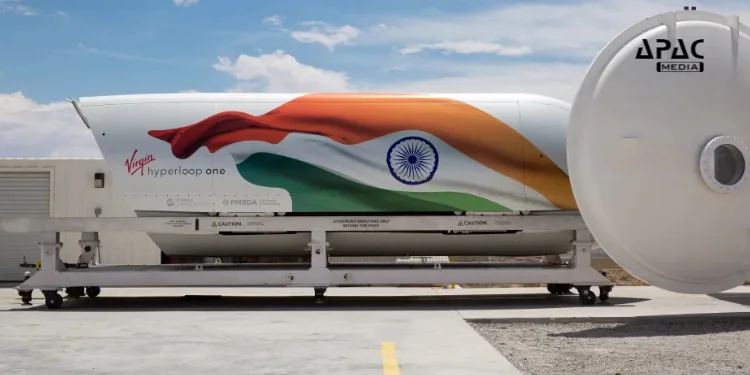

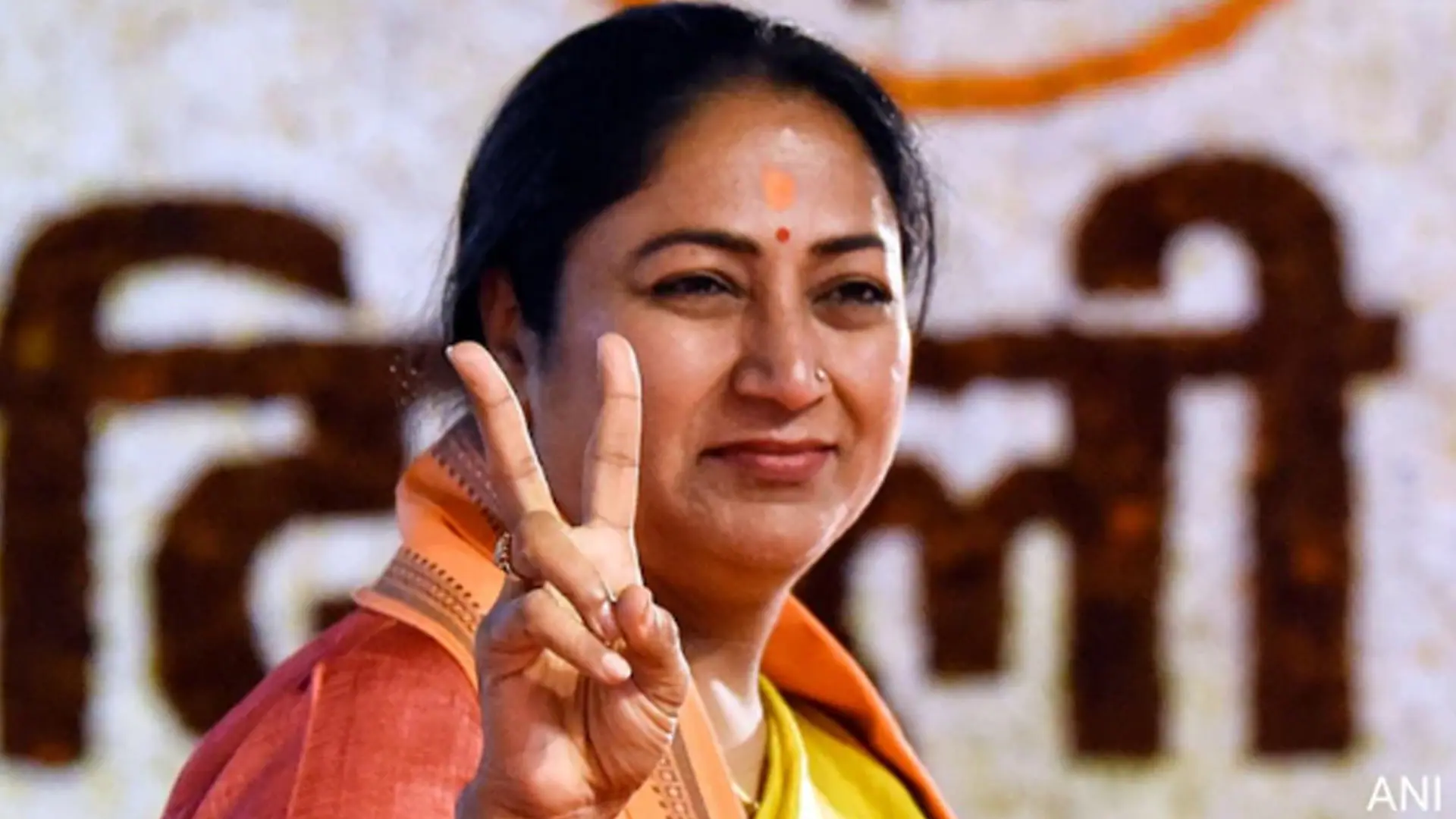

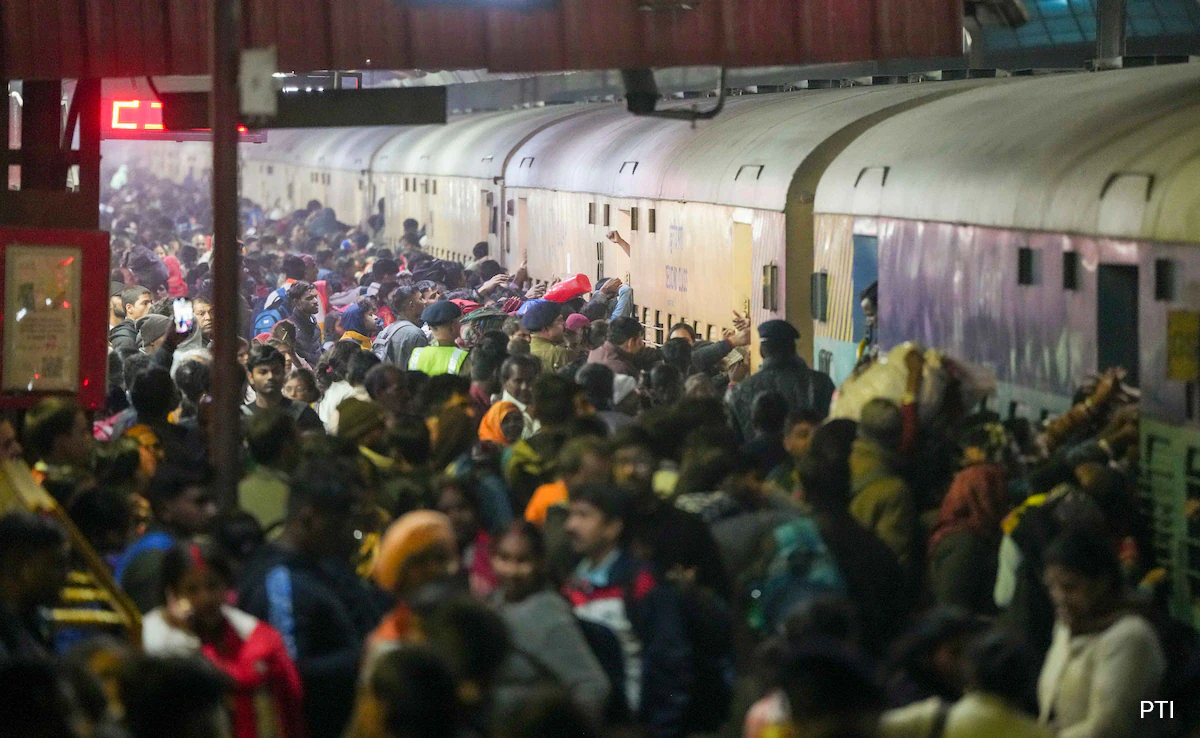
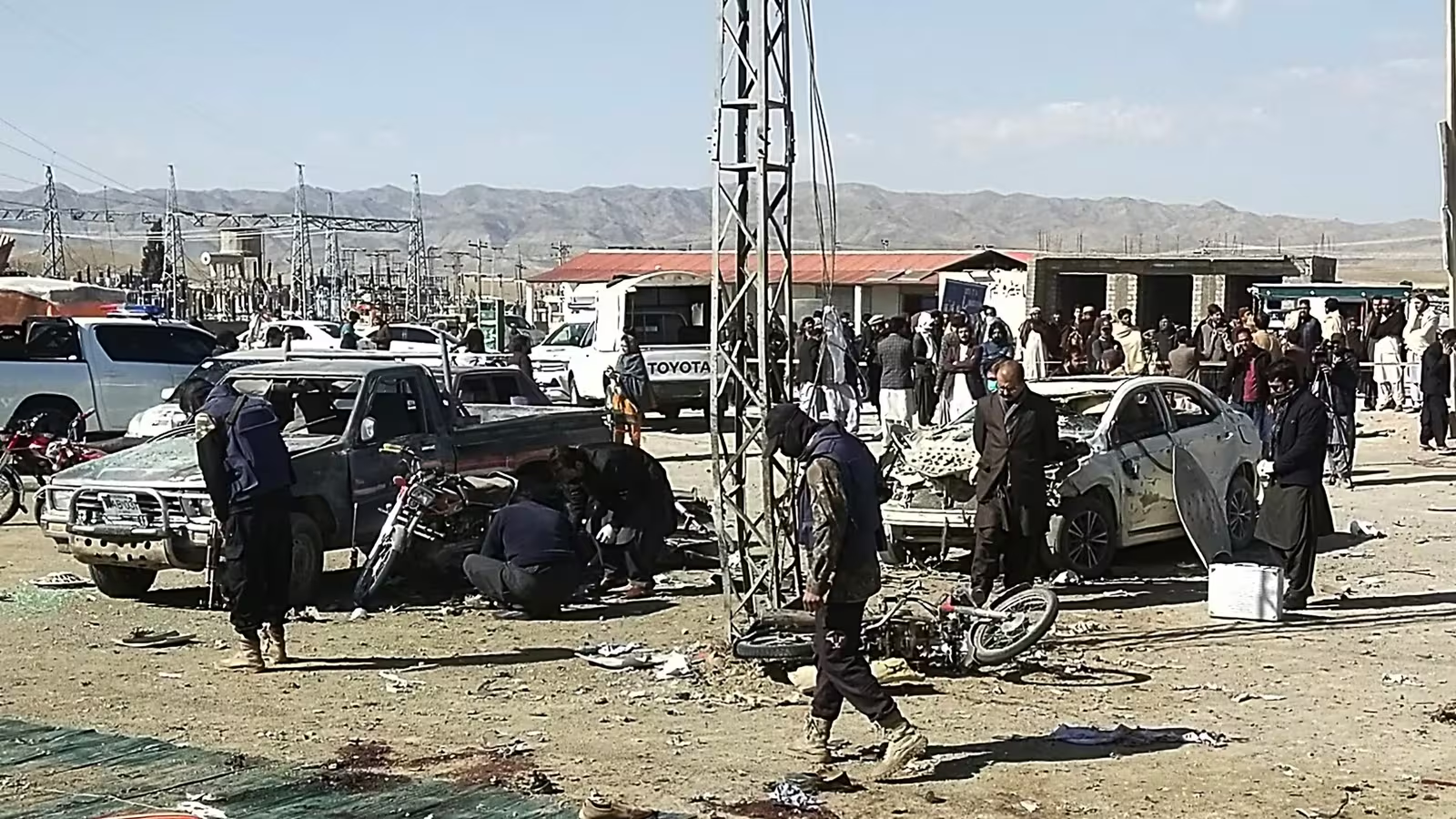
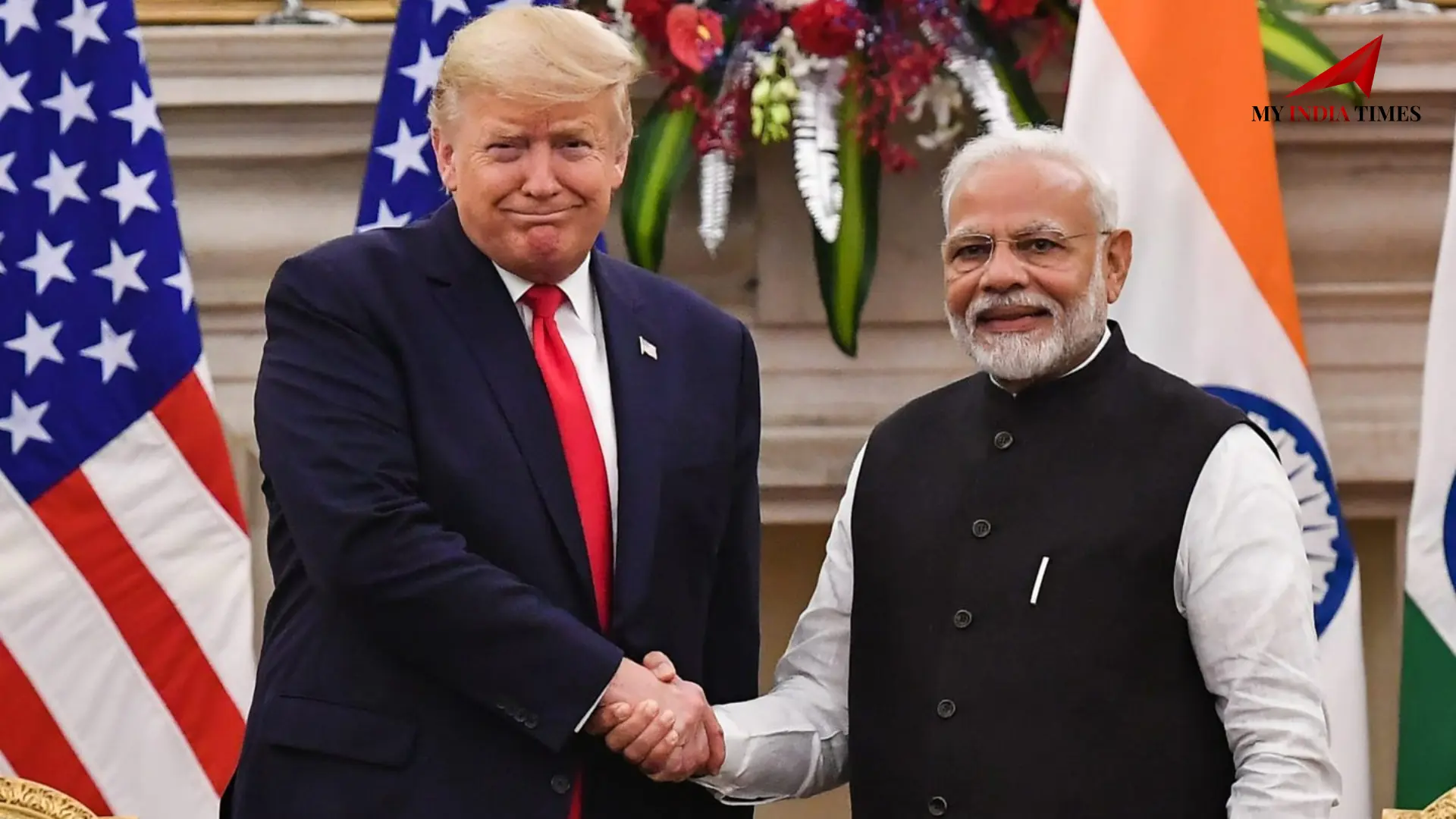
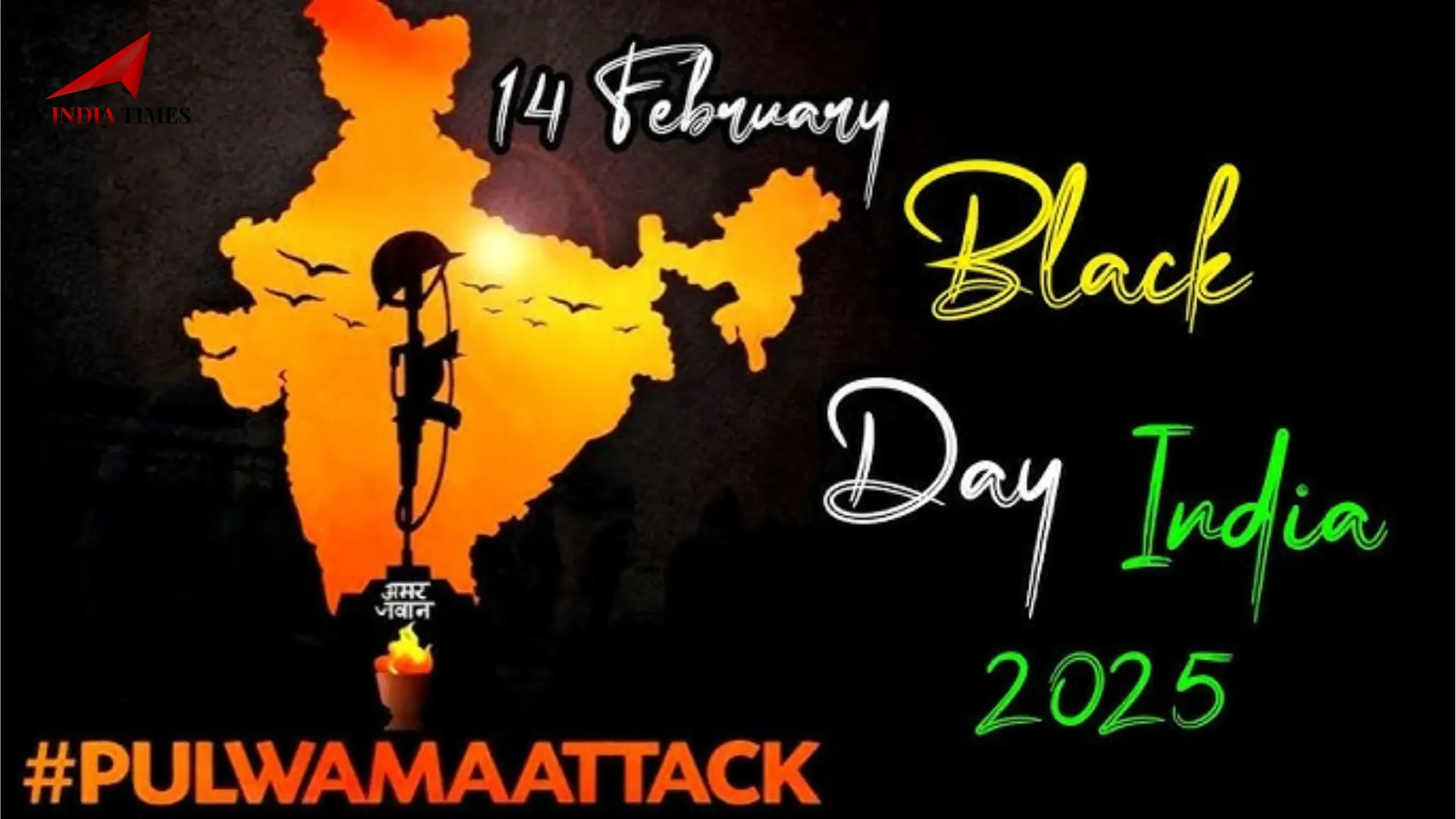
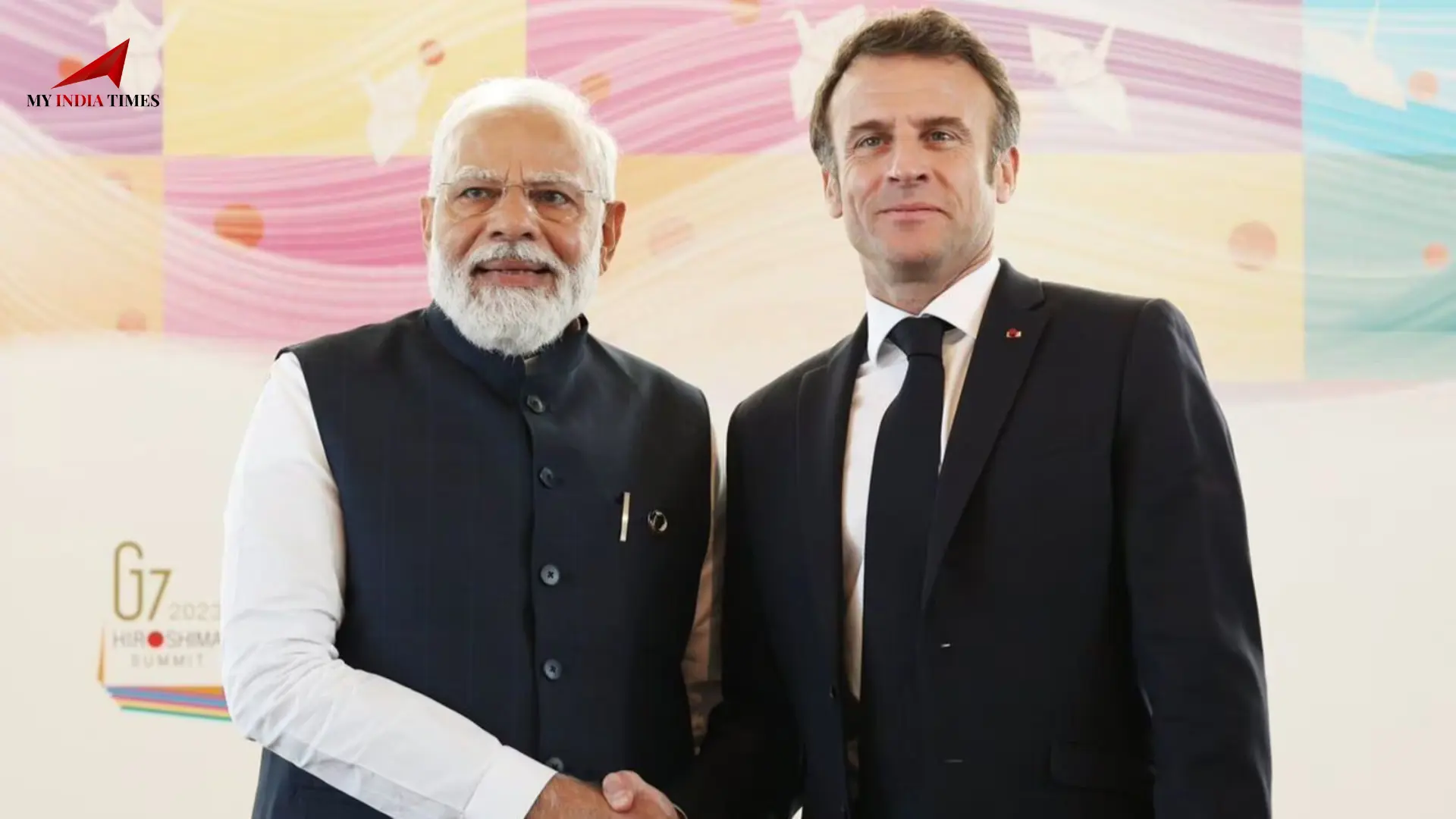
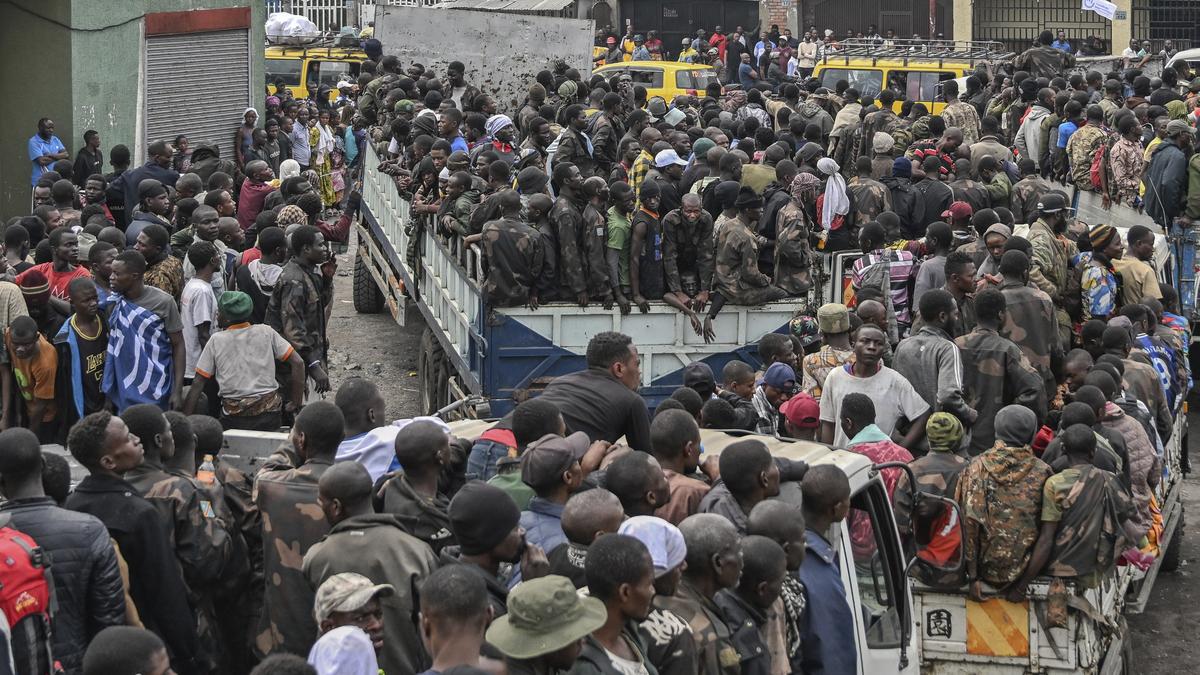
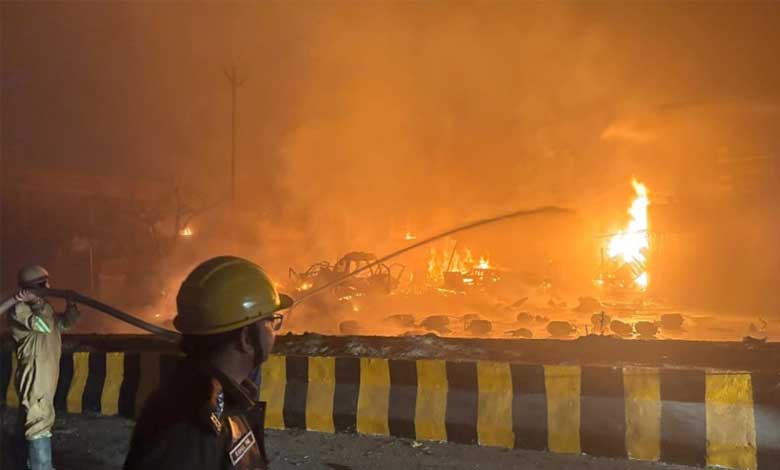



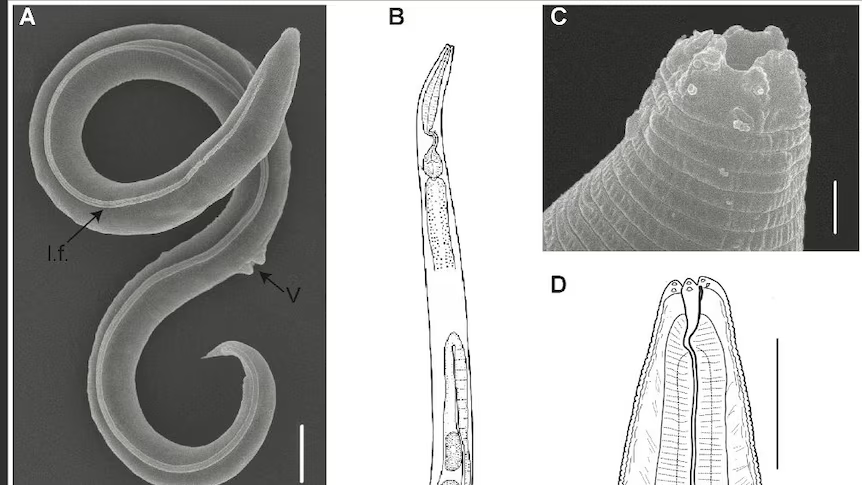
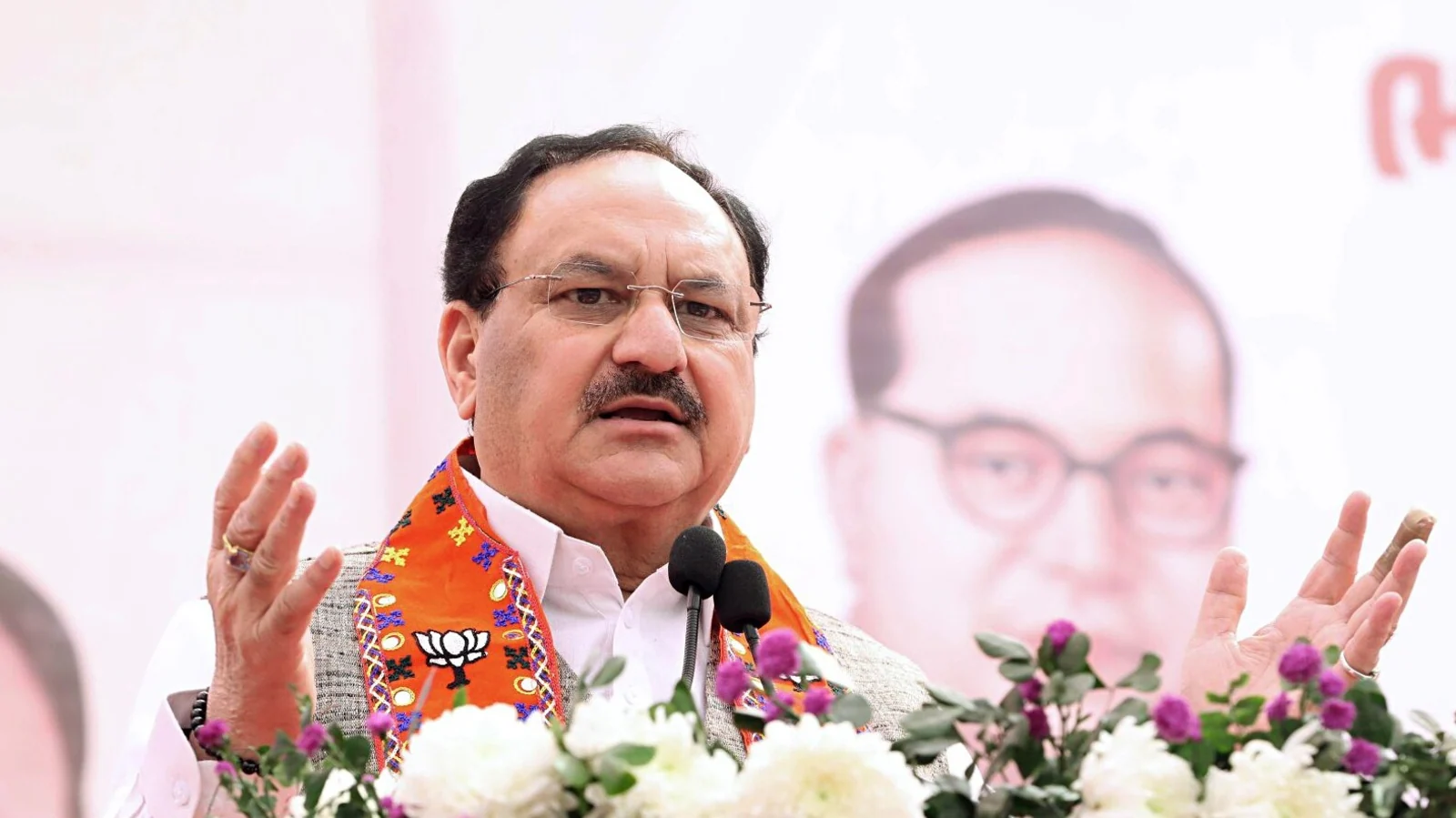
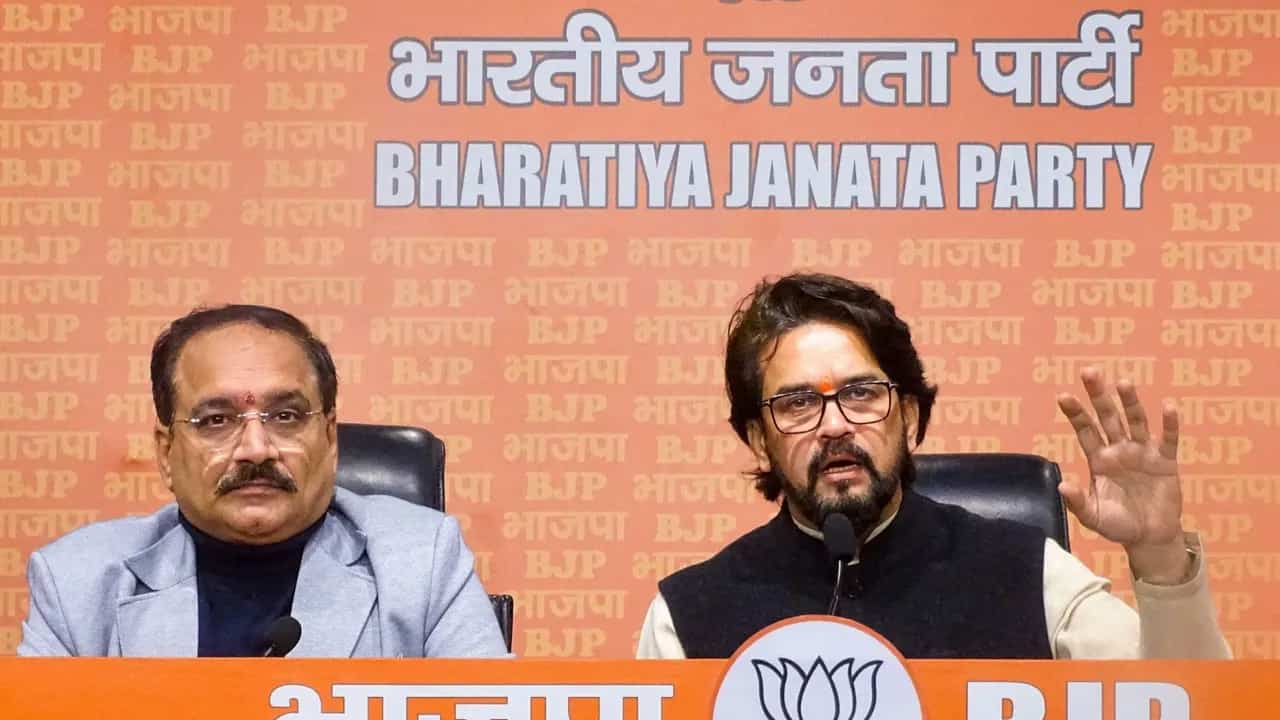


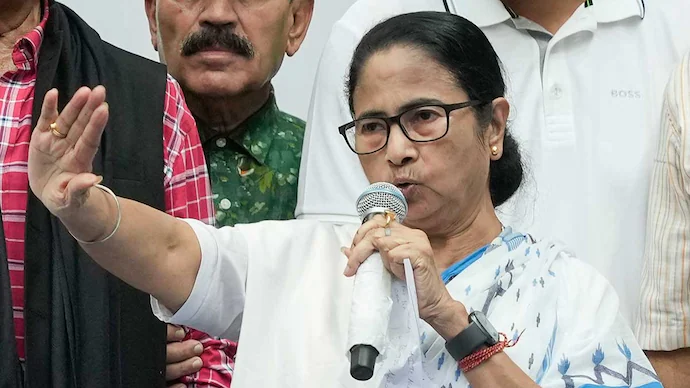



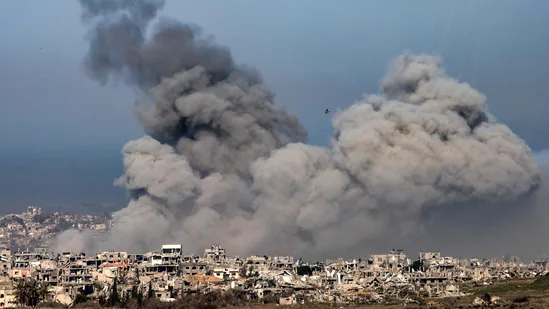
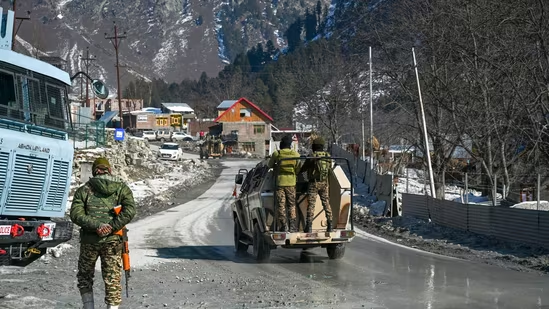
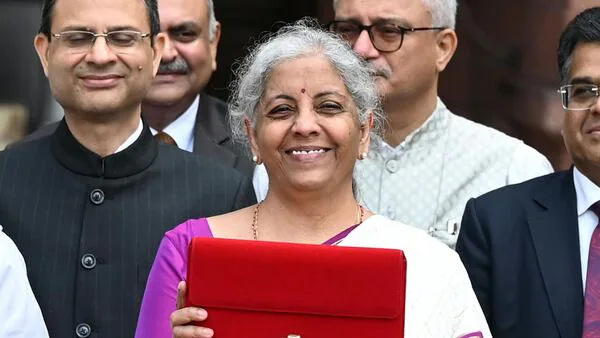
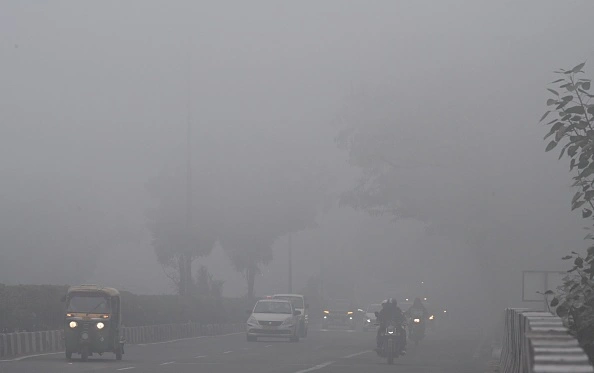
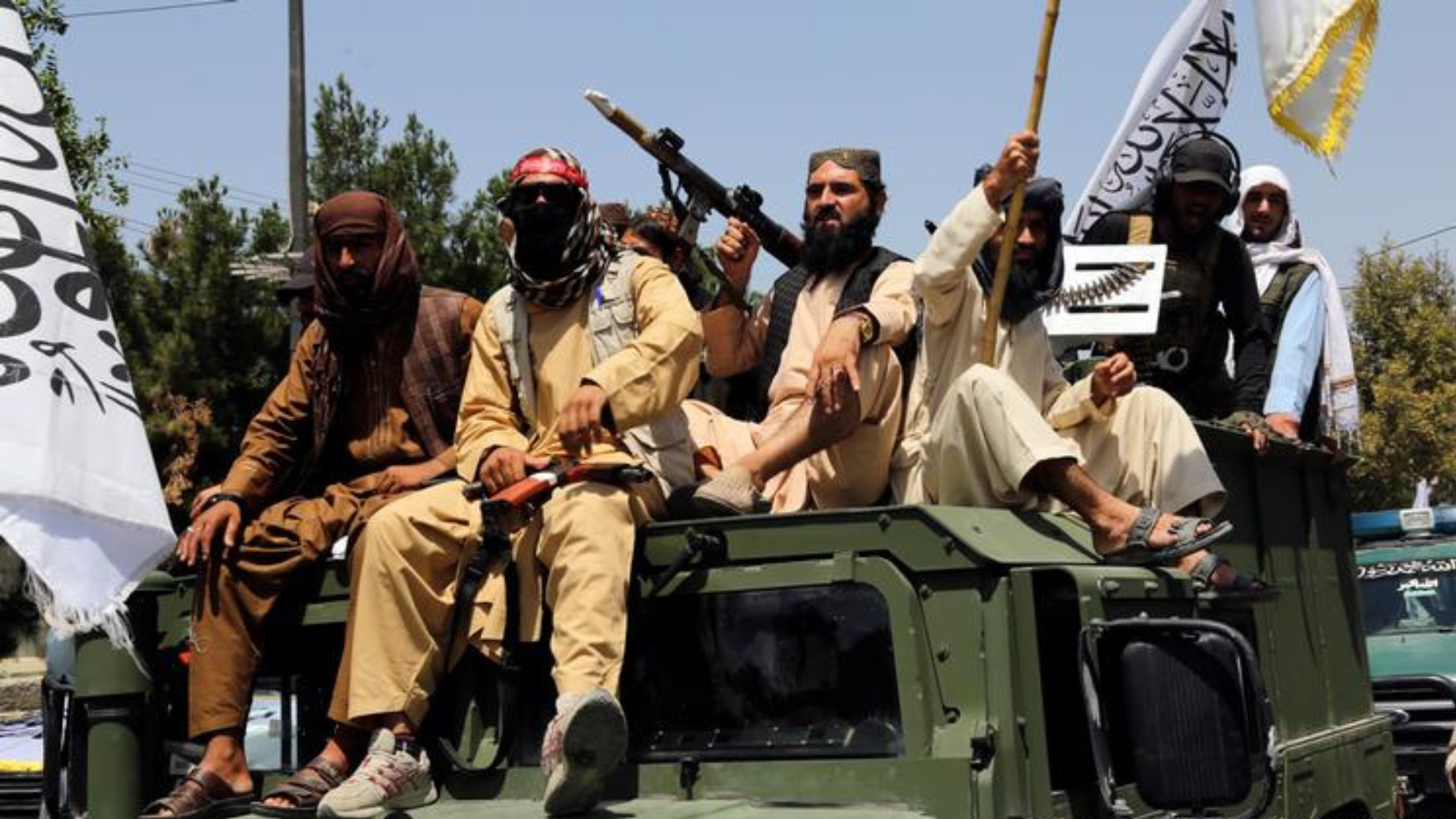
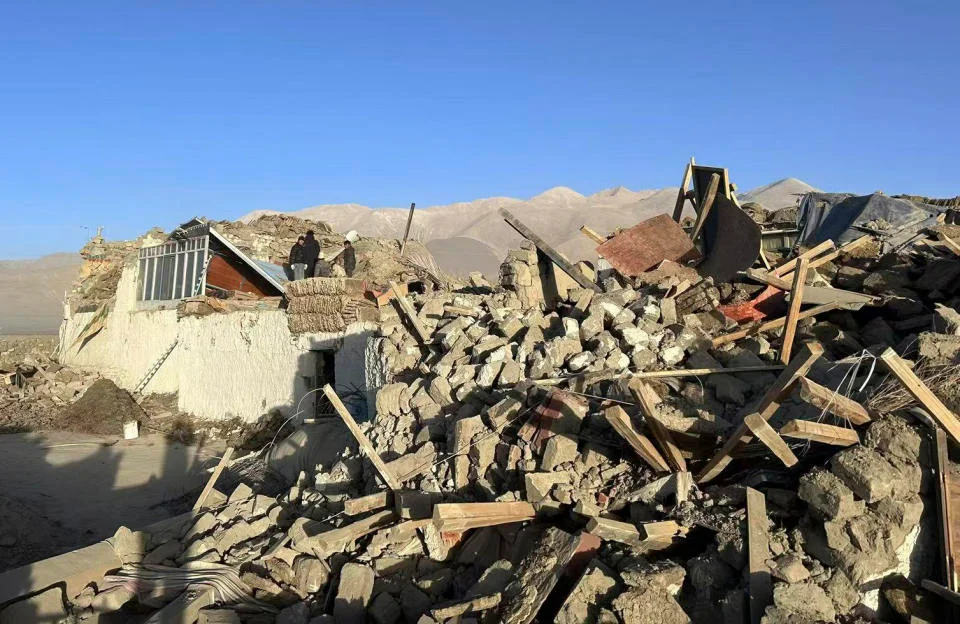

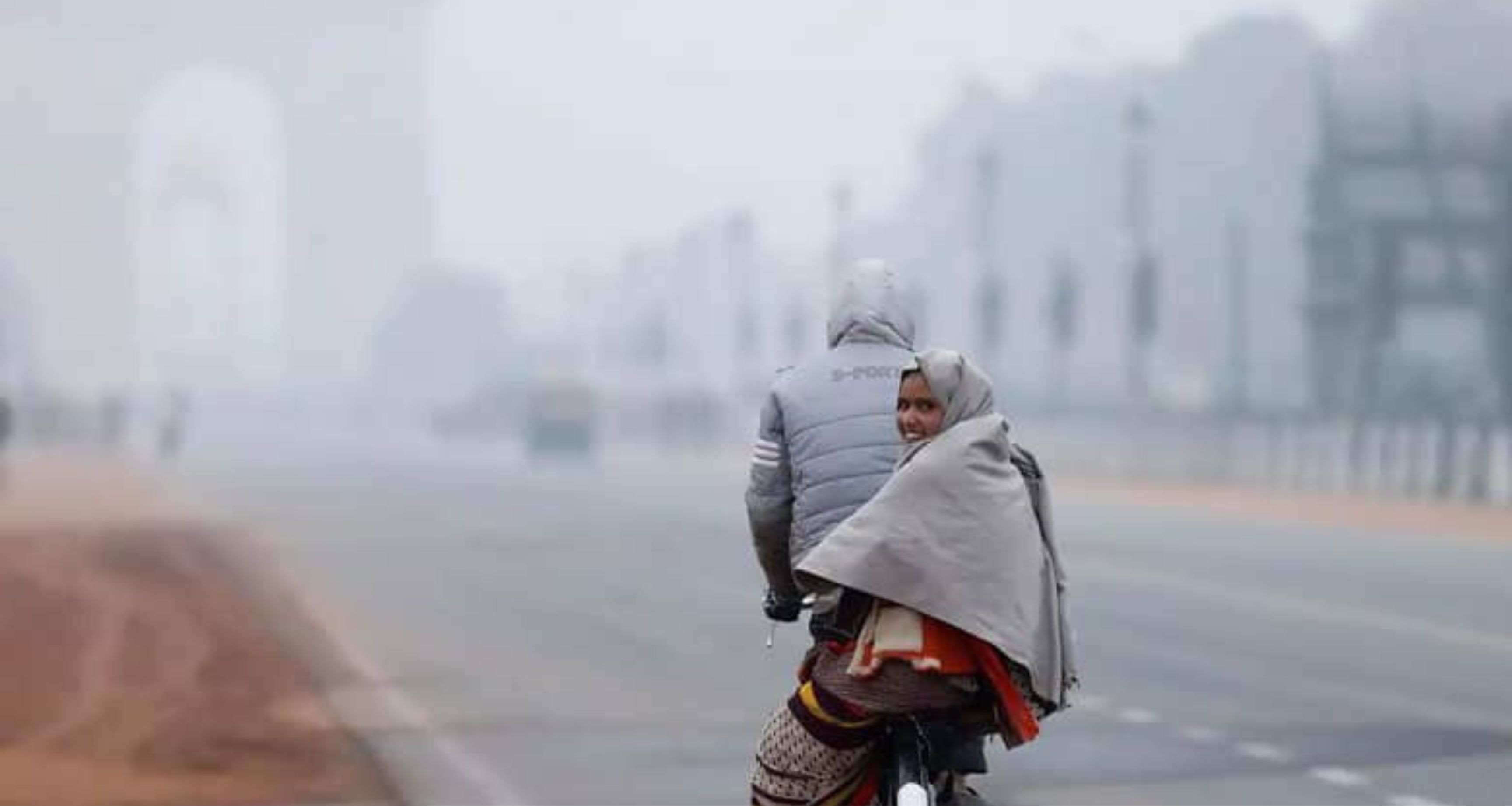
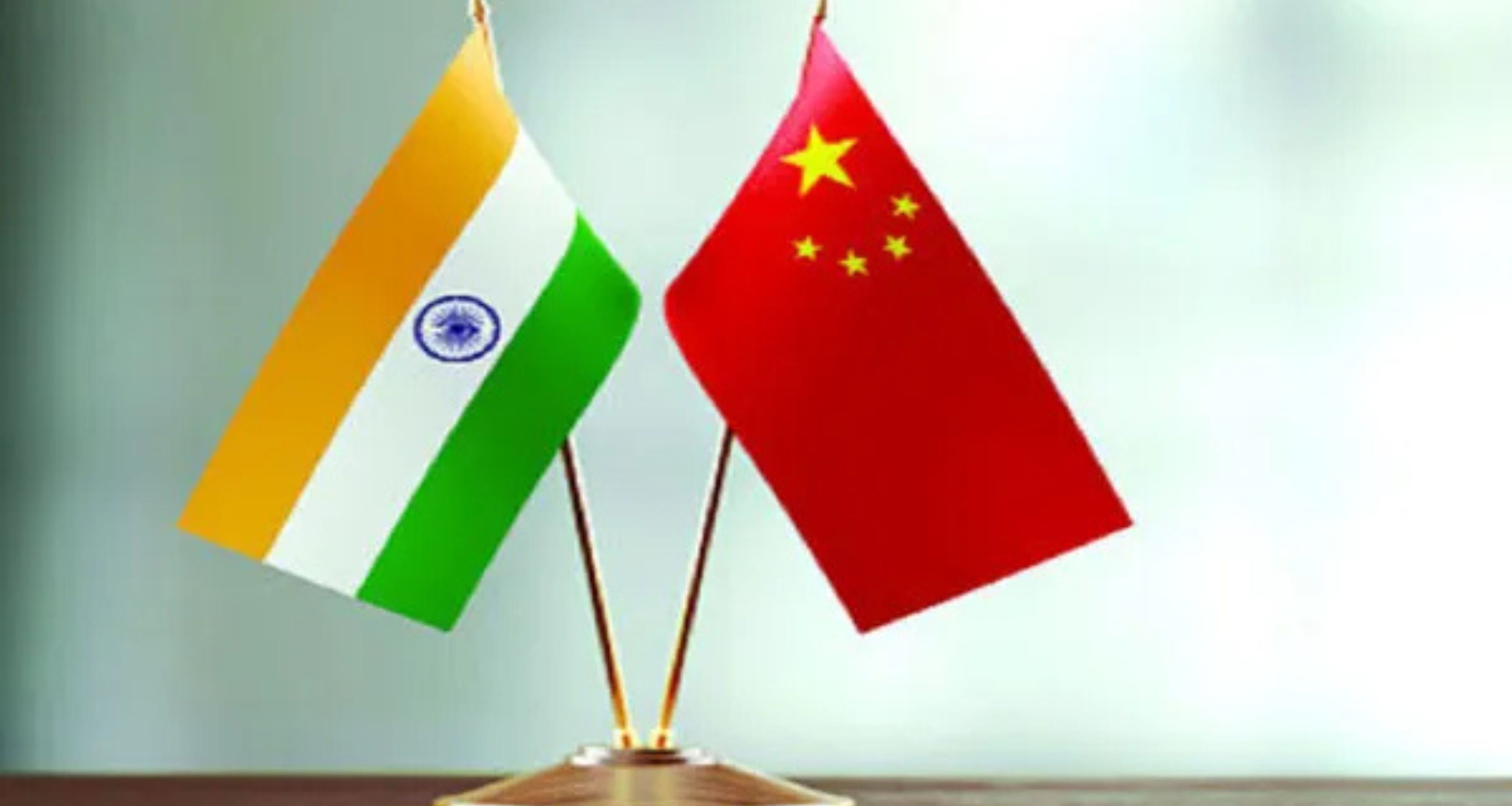
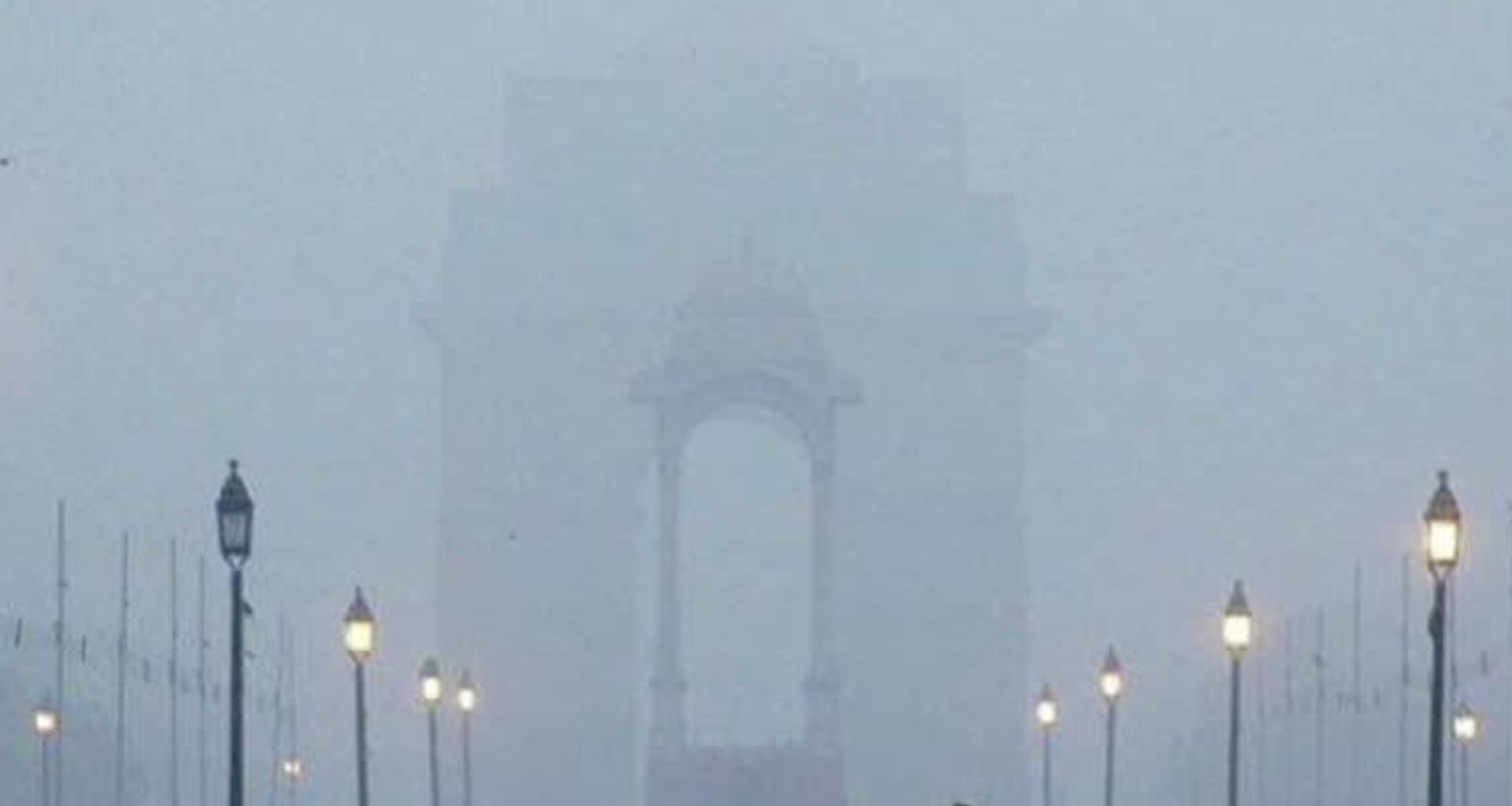
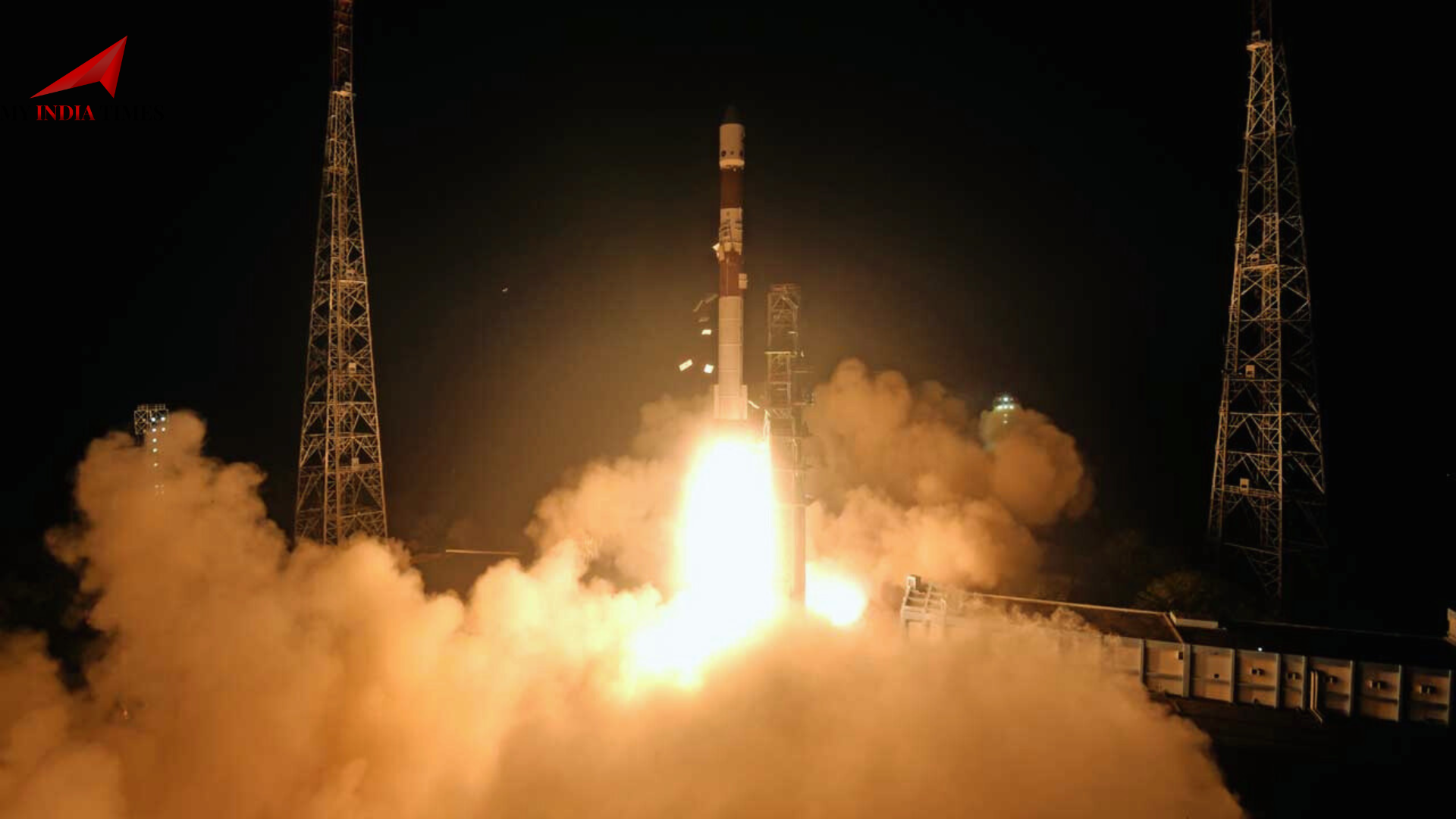

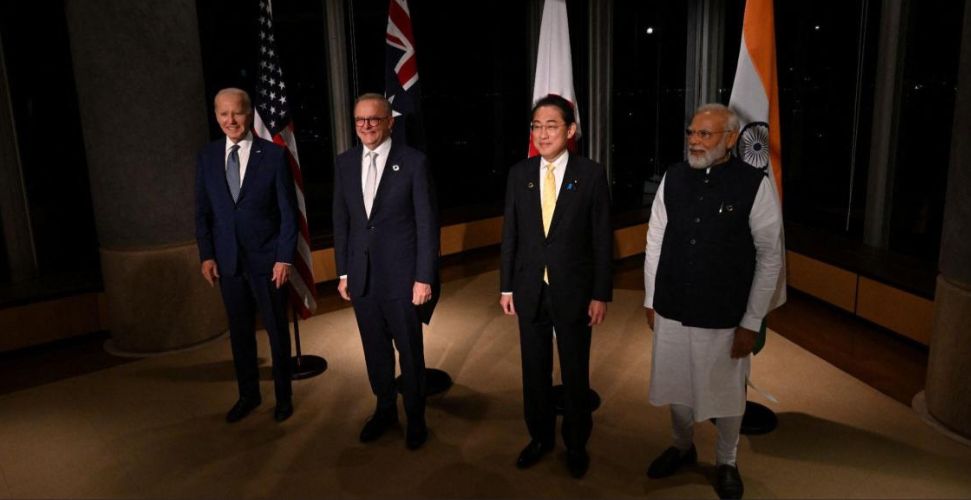
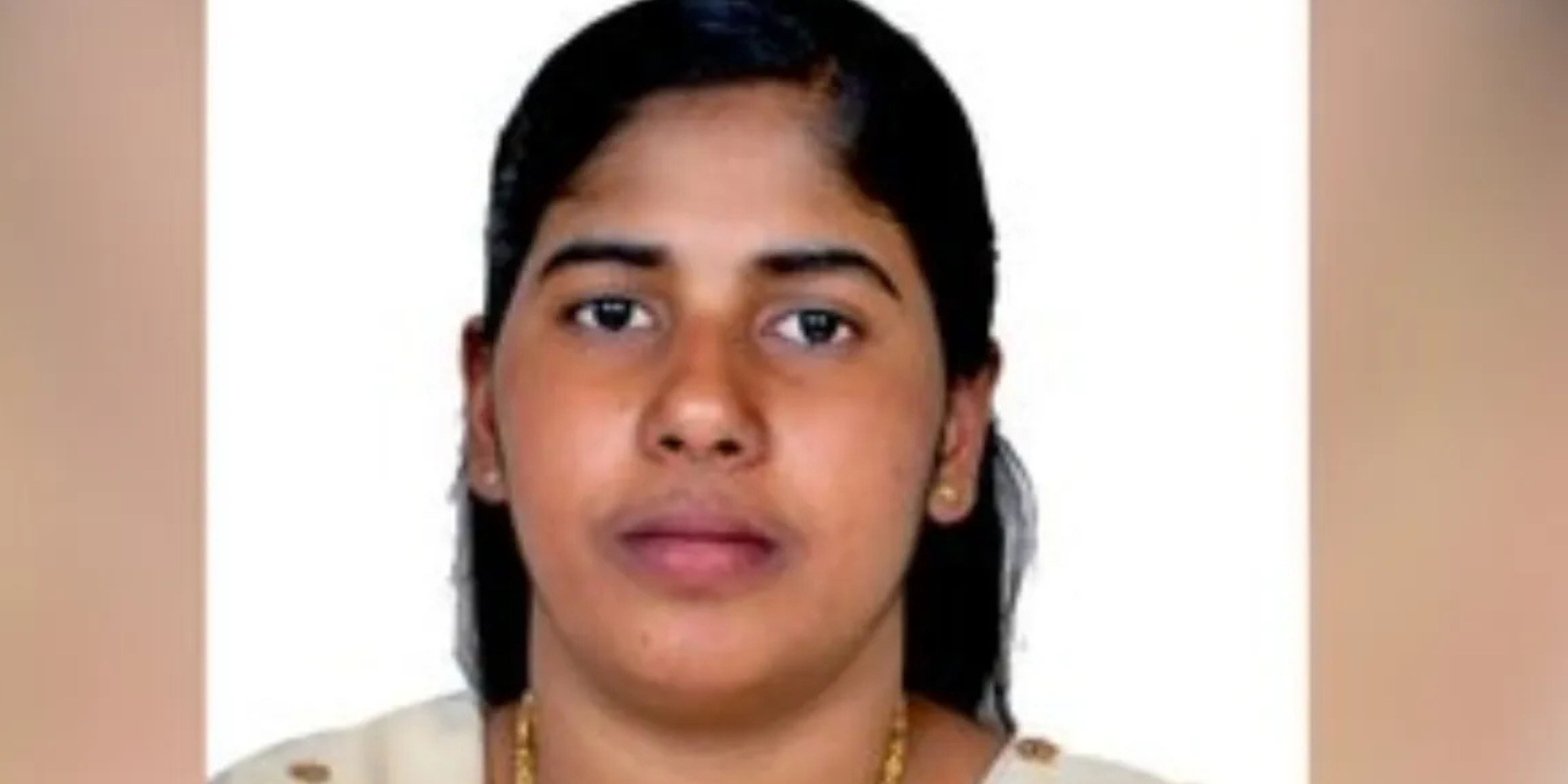
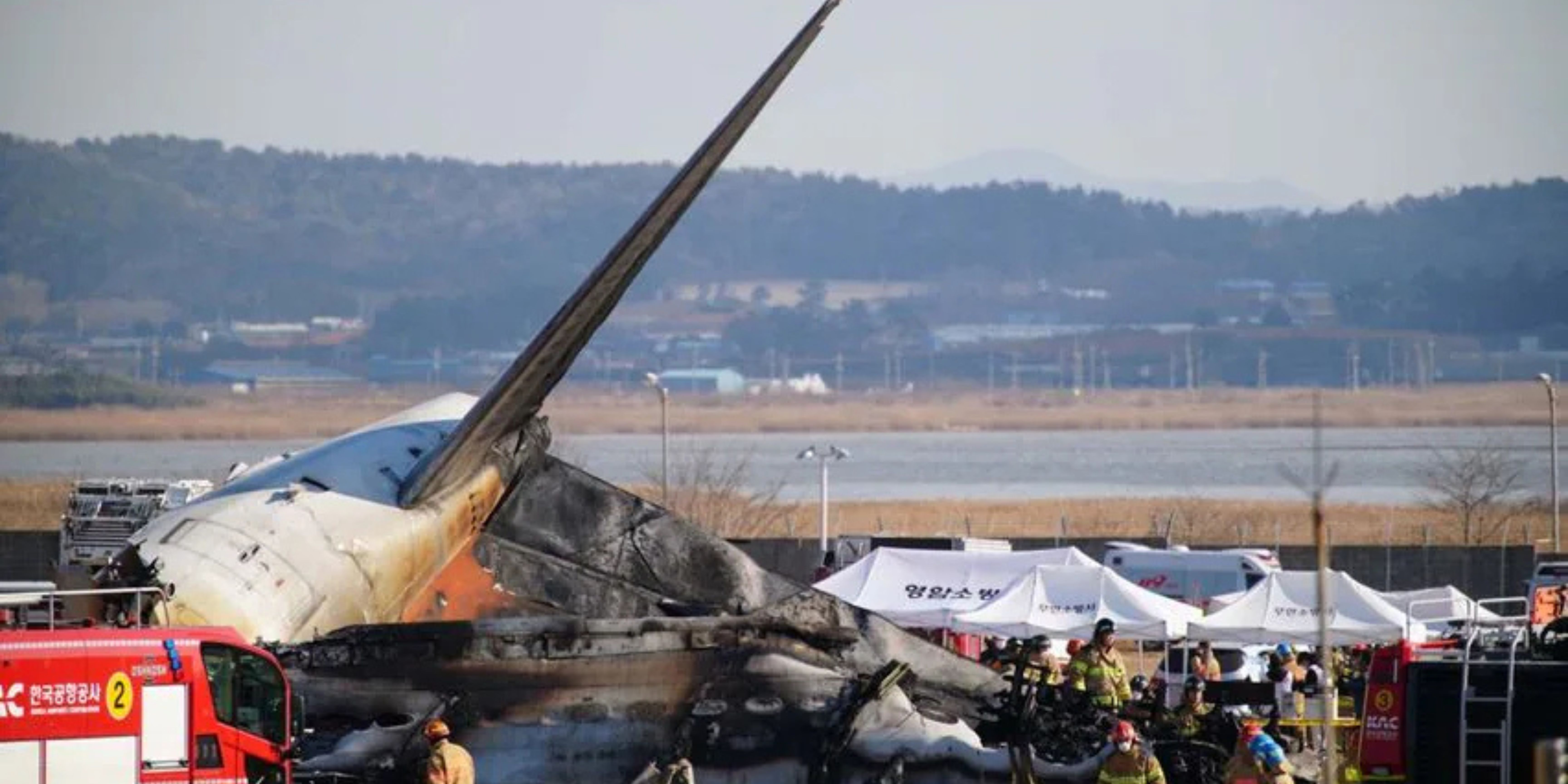
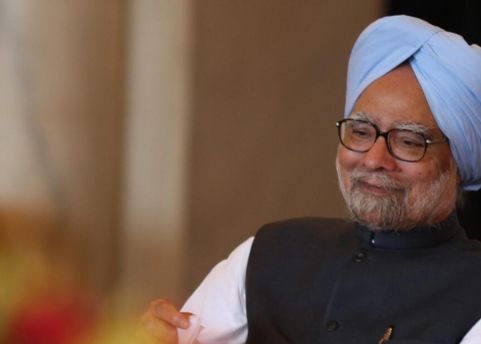
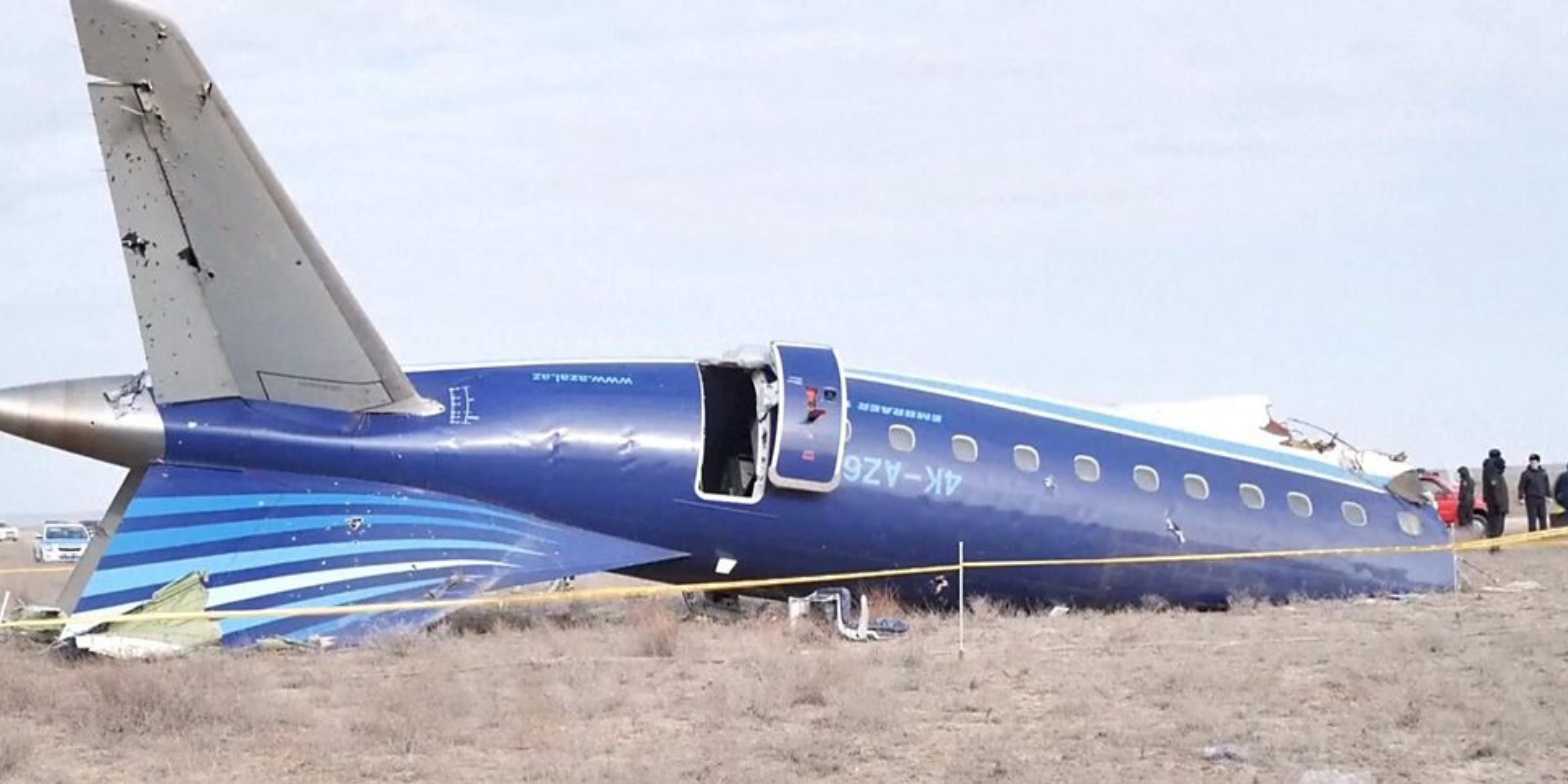
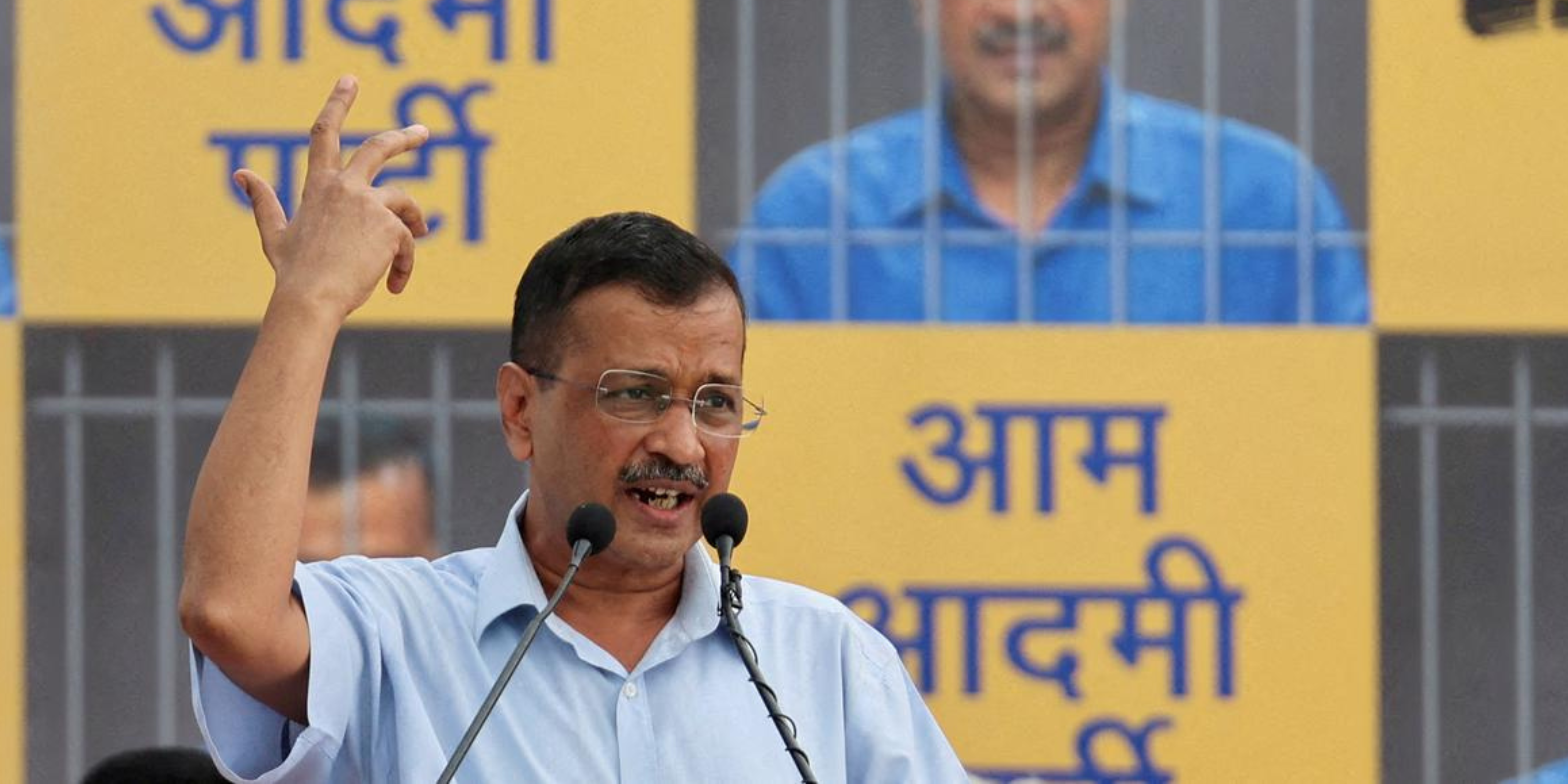

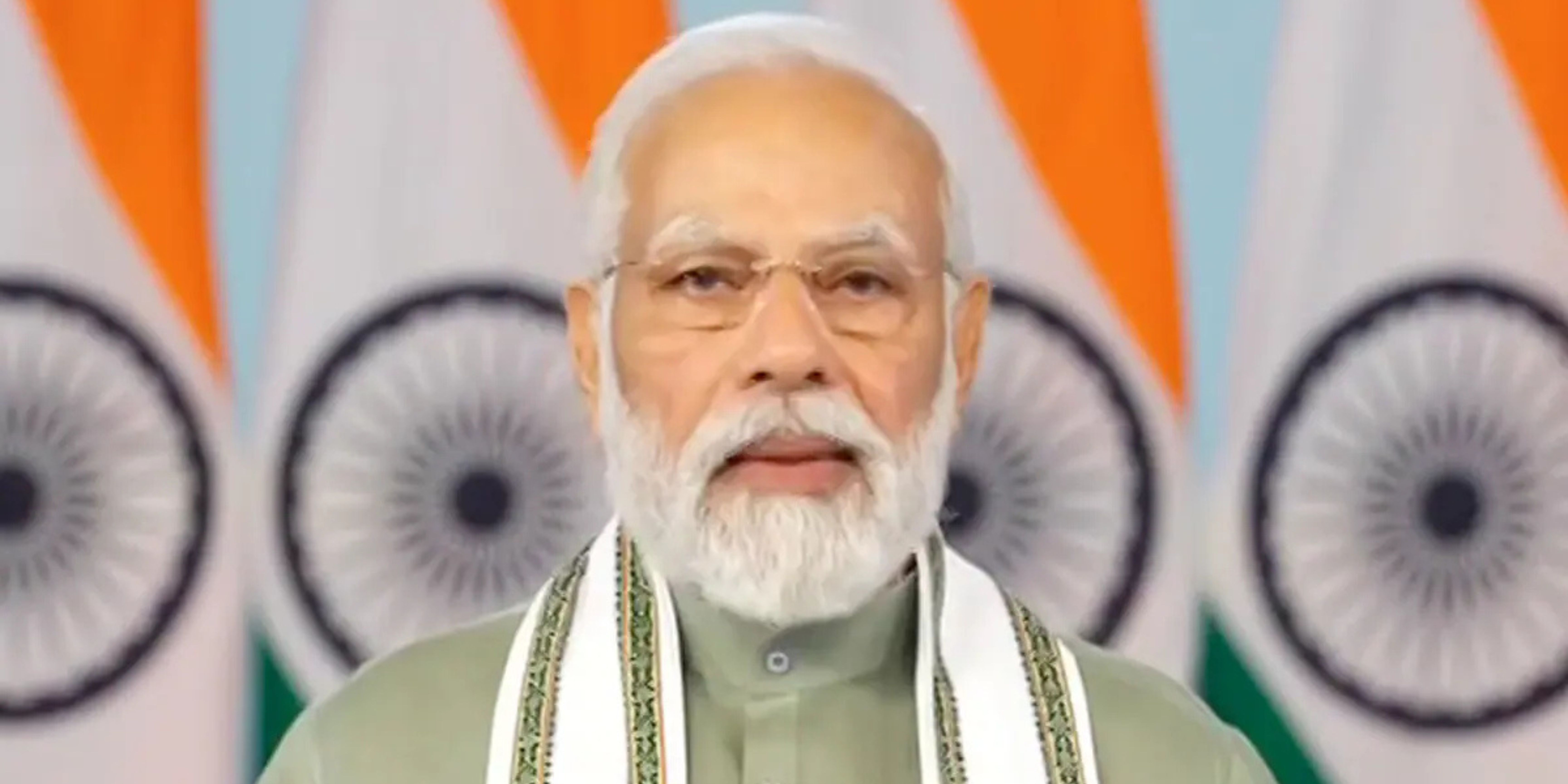
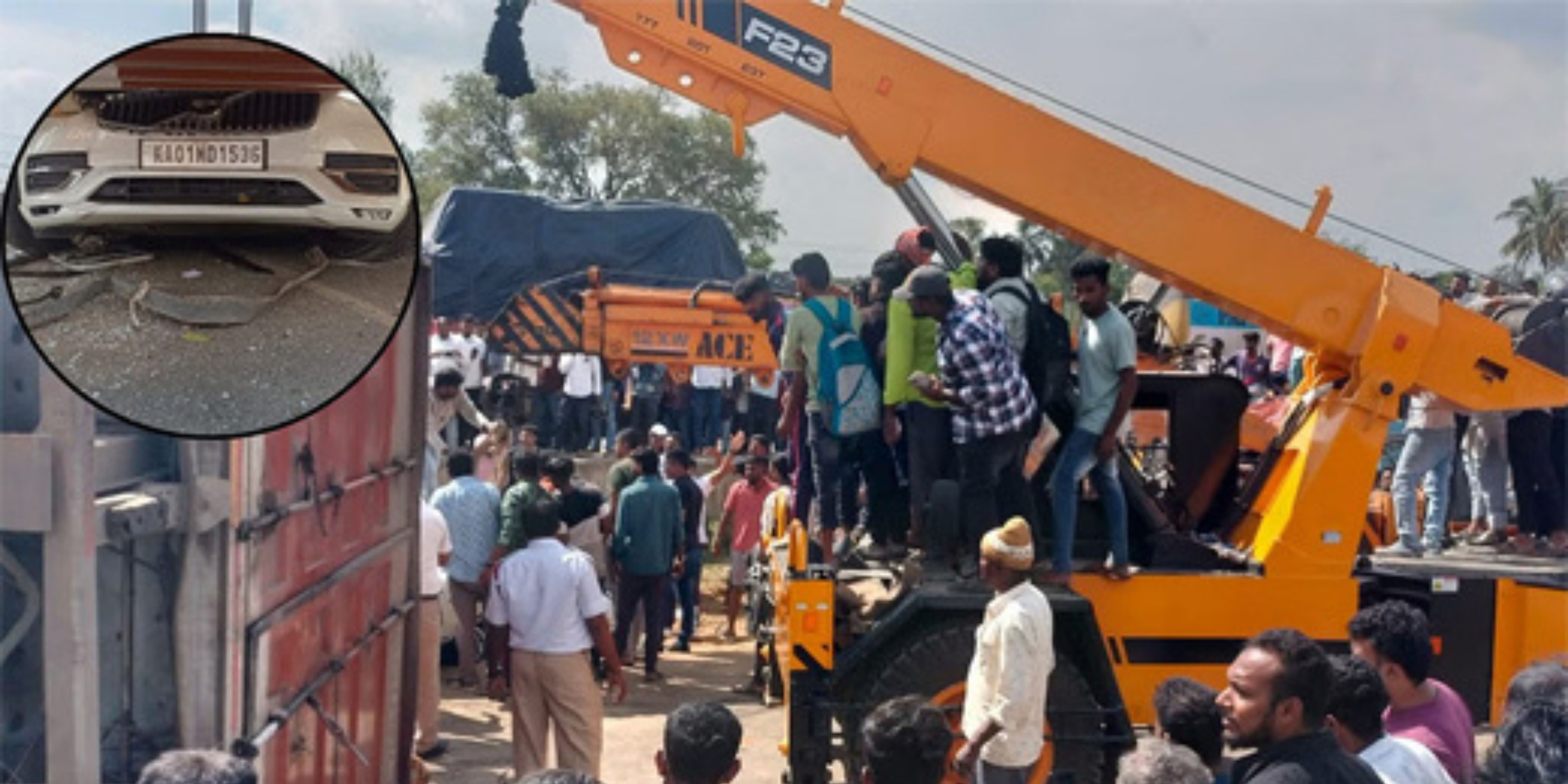




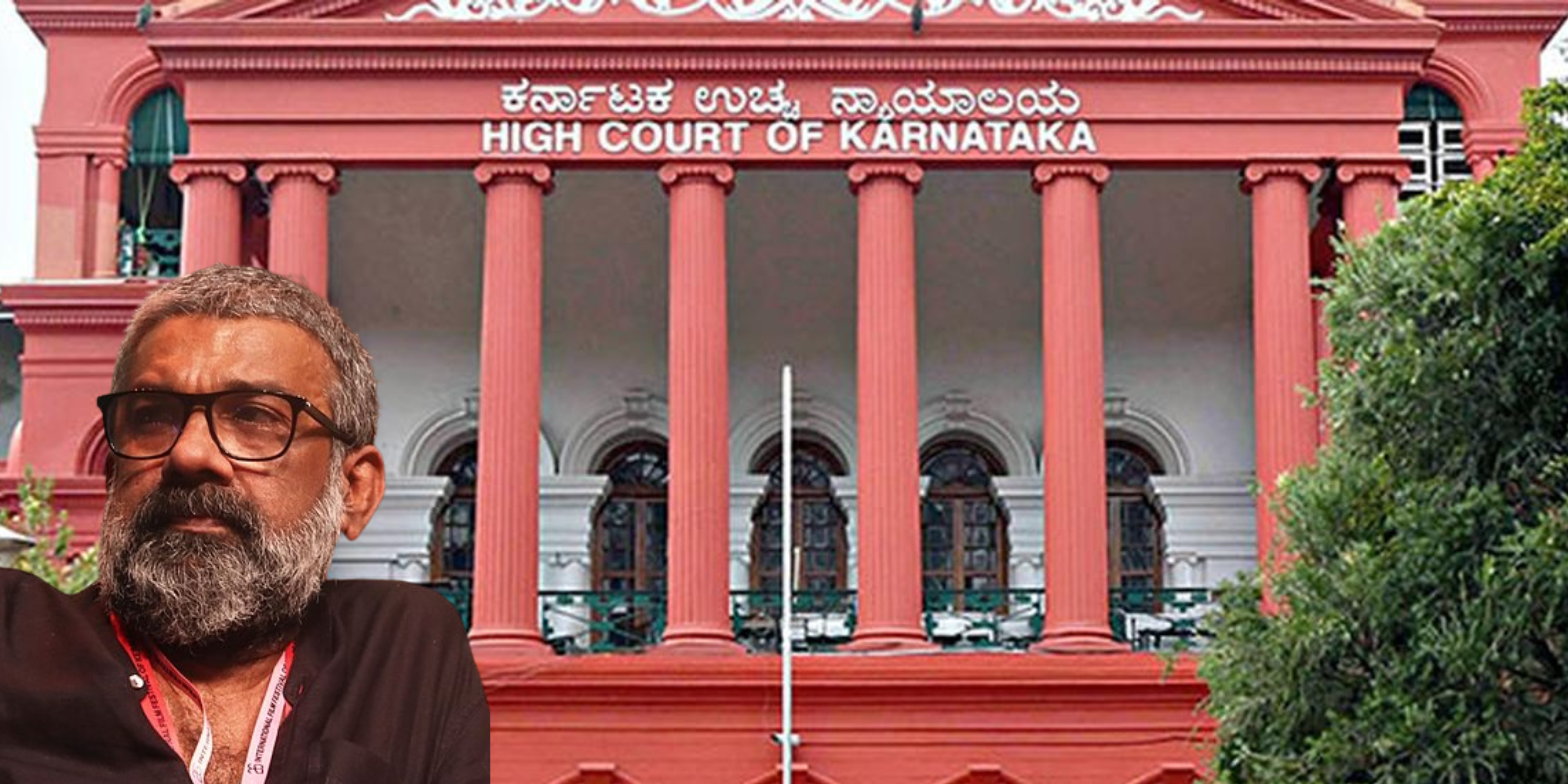
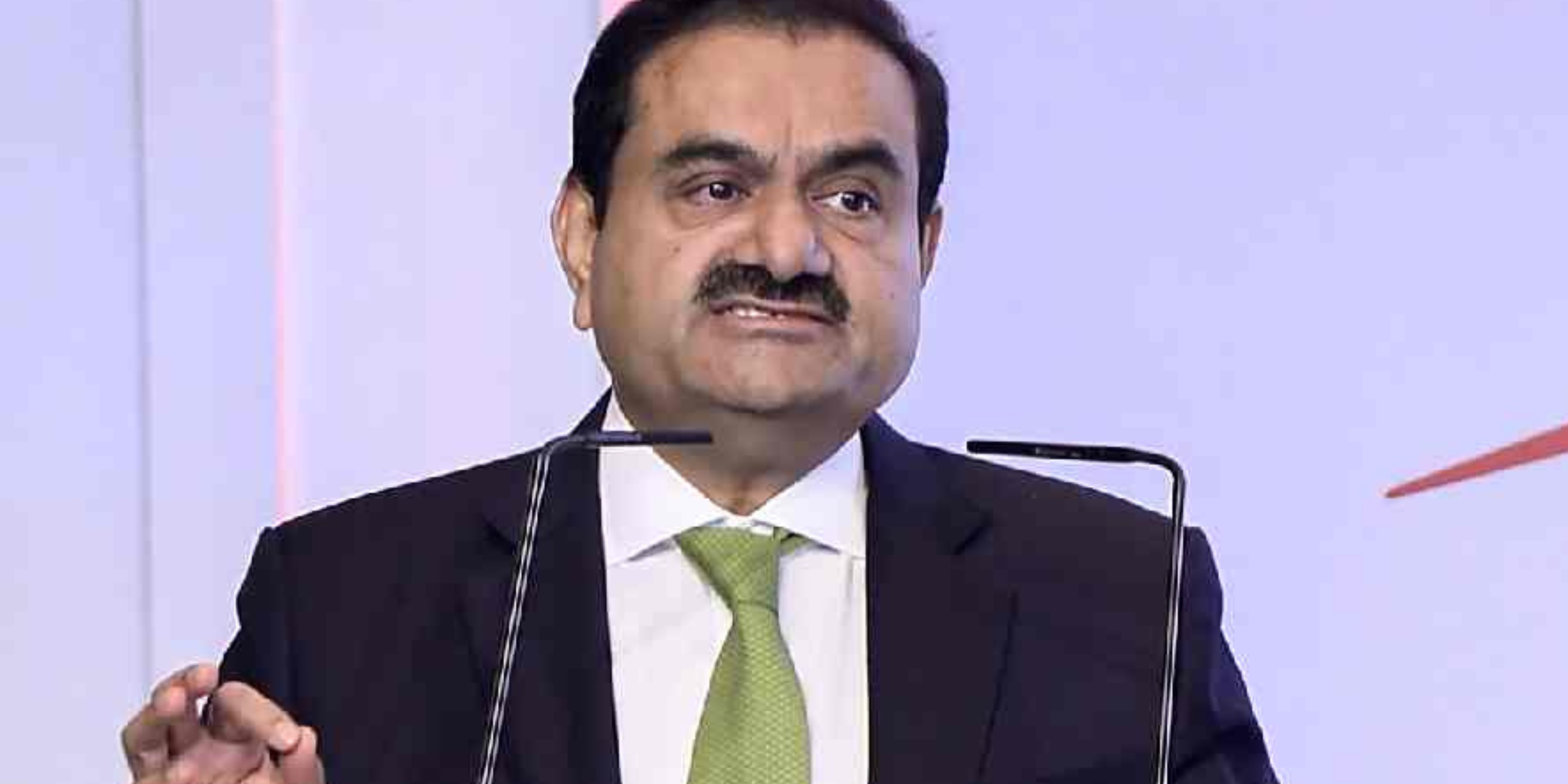
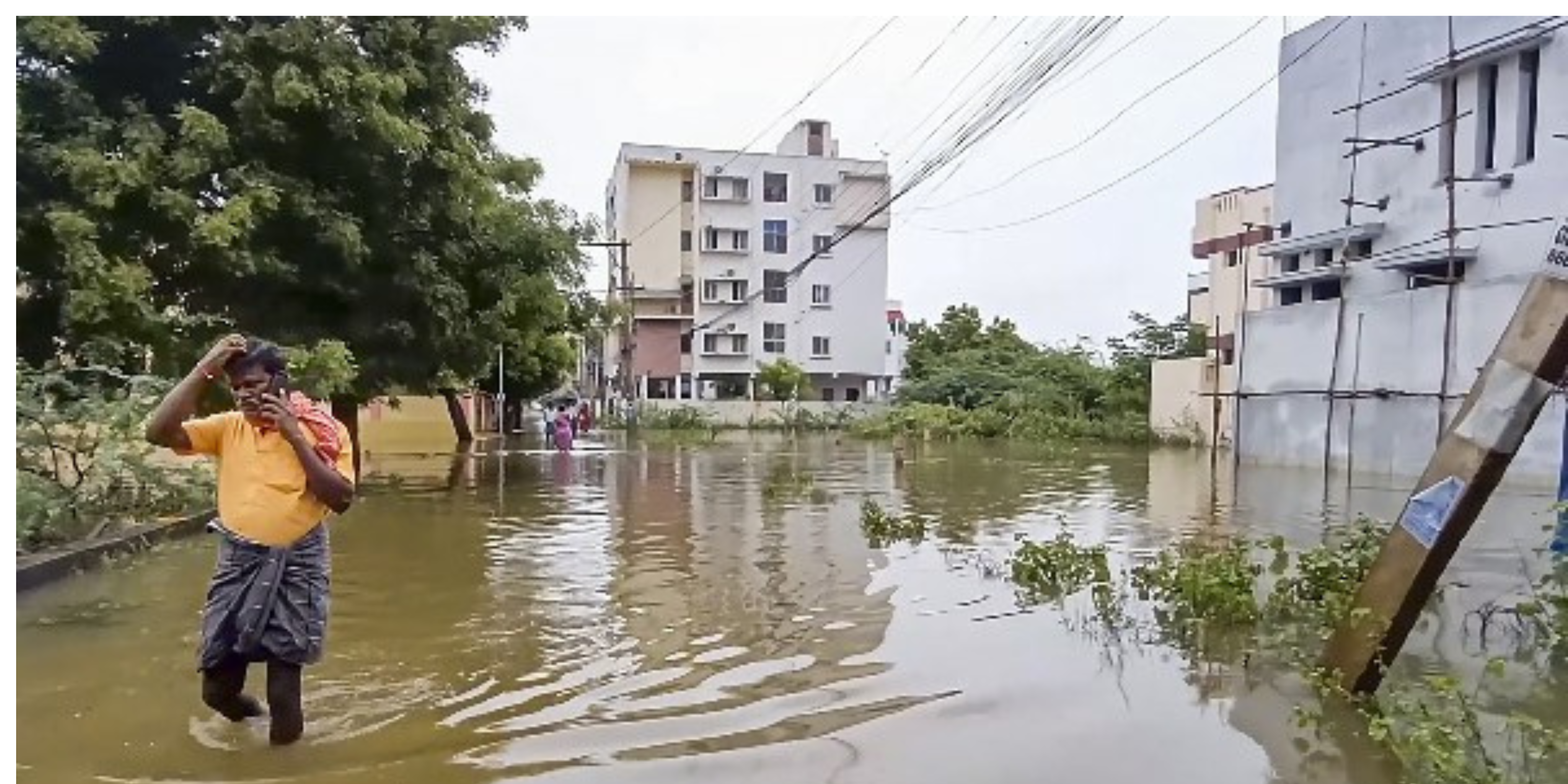
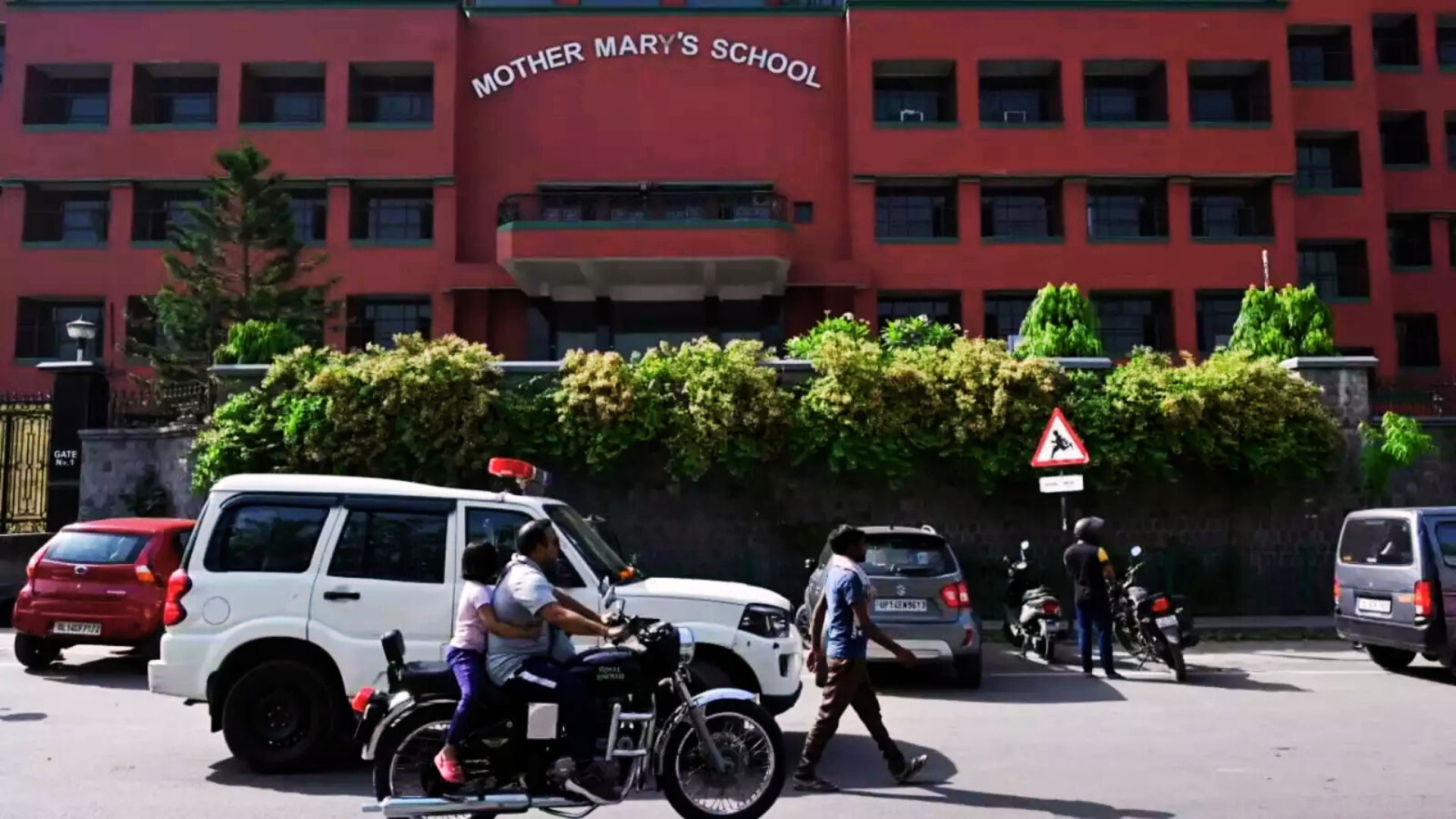
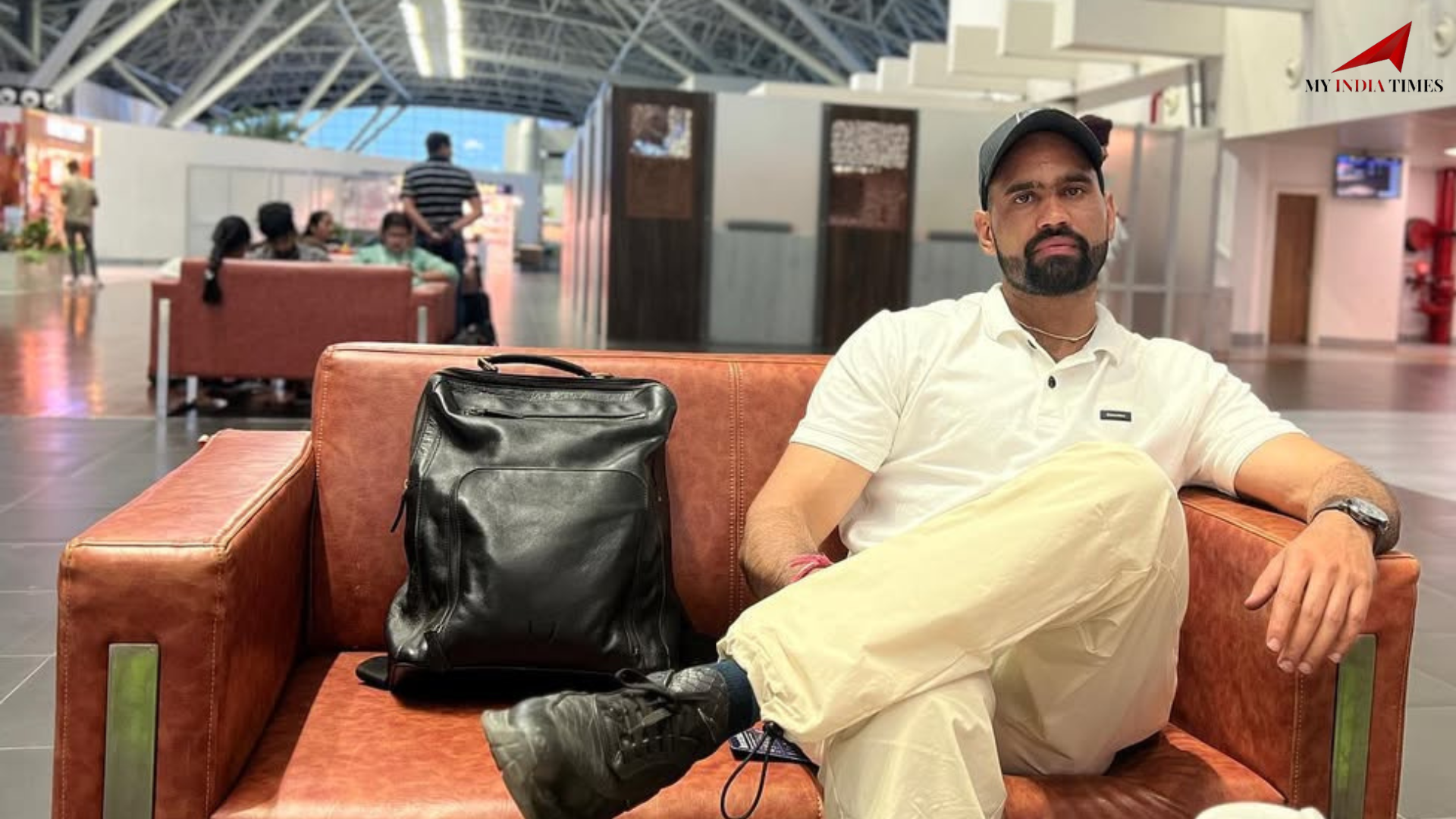

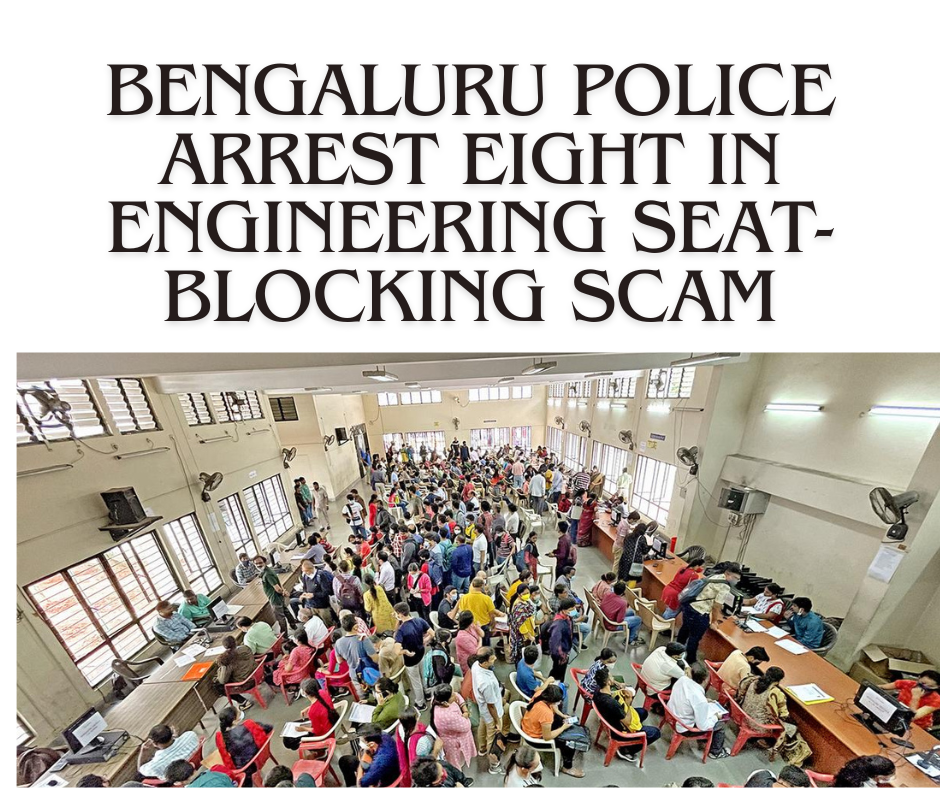
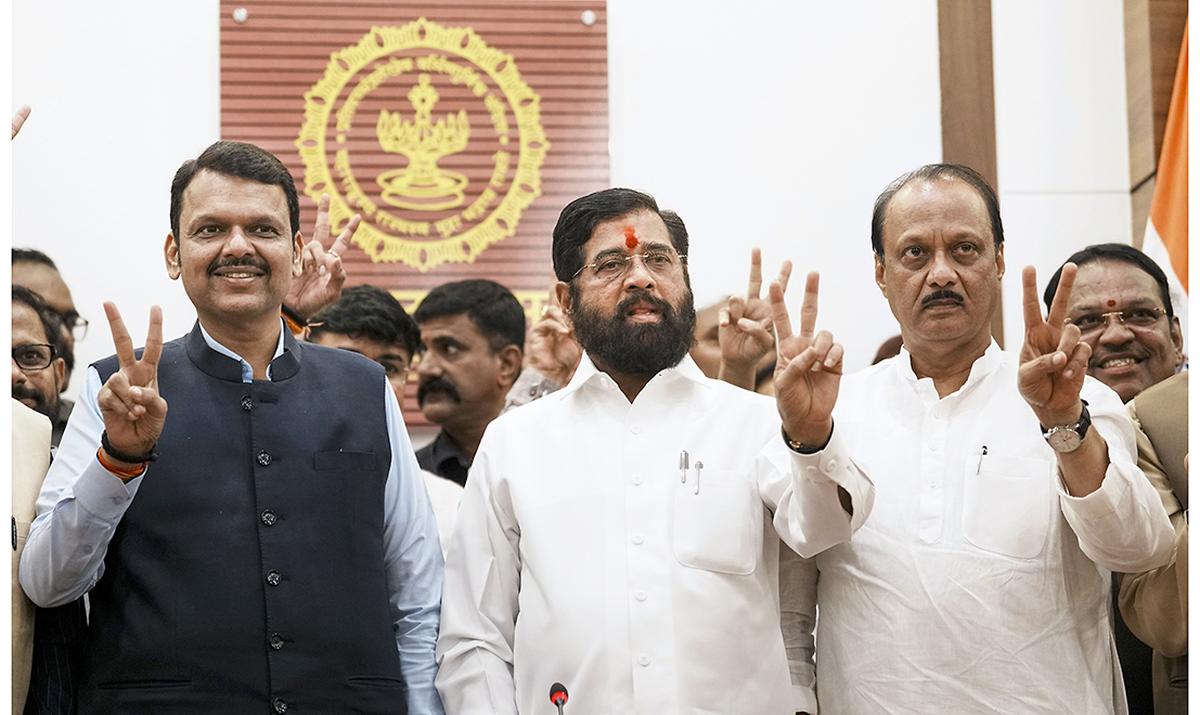
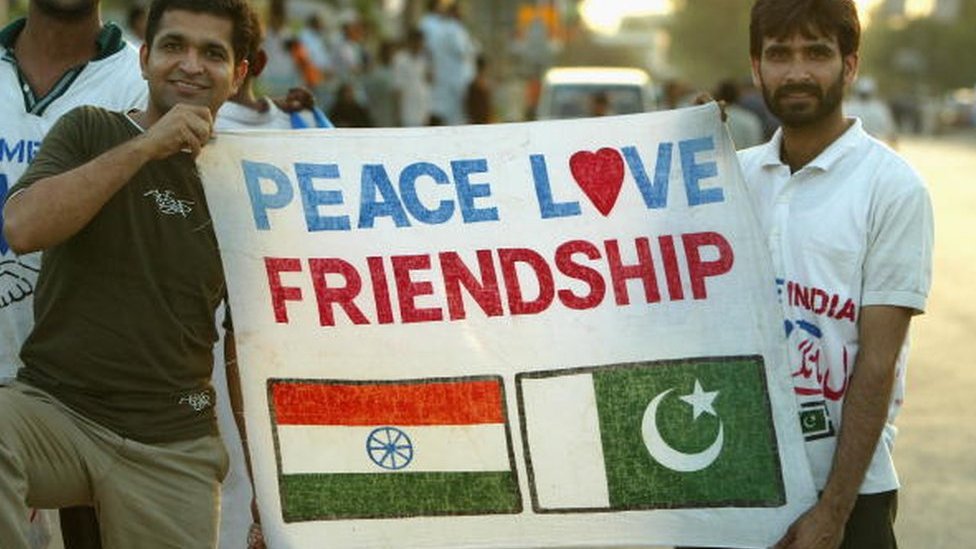
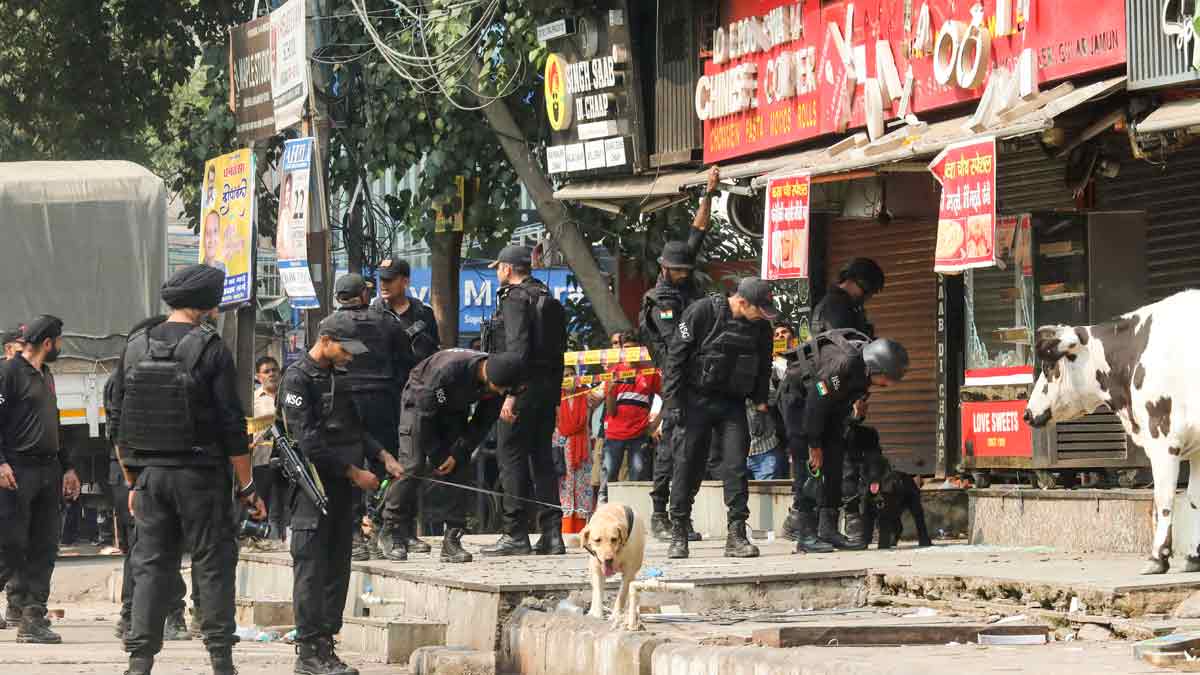
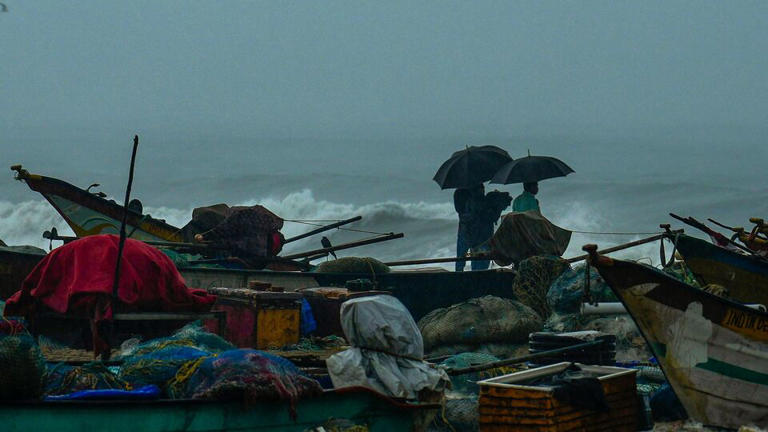

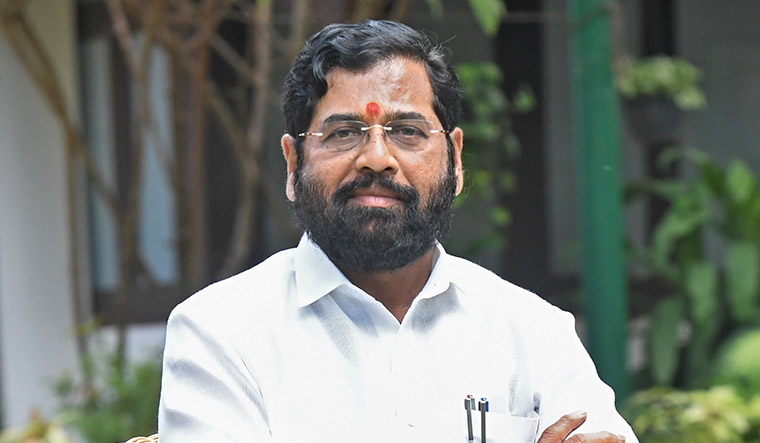
.png)
 (1).png)



